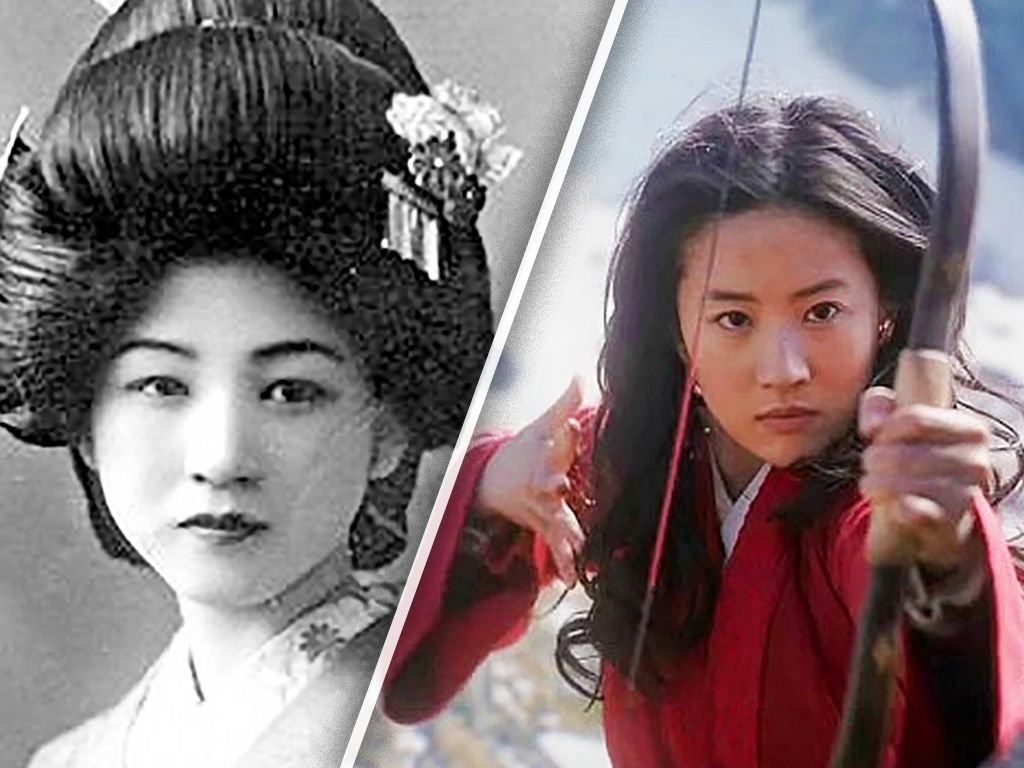When viewers sit down to watch a film, they expect to be completely immersed in the time period and get an accurate view of how life was lived before modern times. But sometimes, the cast and crew of these films don't do enough research about the era beforehand, leading to some hilarious historical blunders and a serious muck up of historical events.
The amazing thing about television shows and films is that they have the power to give us a glimpse into different time periods. On the other hand, they don’t always provide us with an accurate detail of historical events. To that end, here are some examples of historical inaccuracies in film and television that broke the suspension of disbelief.
The Gas Cylinder in "Gladiator"
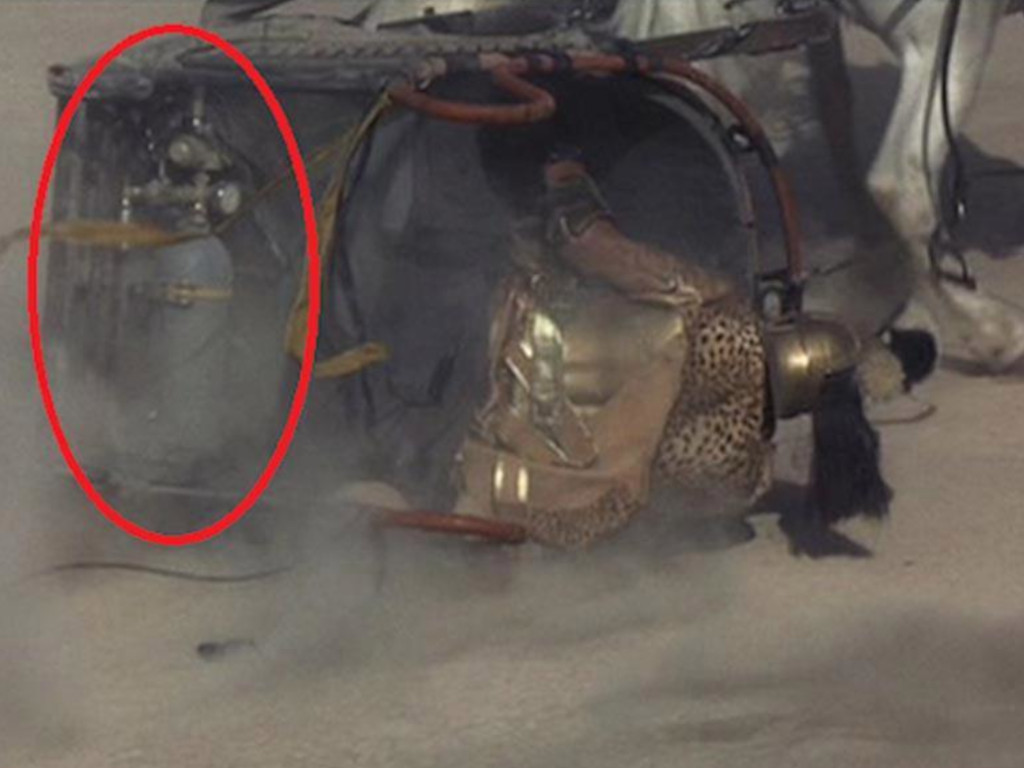
In the 2000 film “Gladiator,” a chariot was overturned during a battle scene in the Colosseum in ancient Rome. Unfortunately, when this happened, it revealed a metal gas cylinder which clearly didn’t exist thousands of years ago and was definitely too complex of a piece of machinery for the era.
The Woolly Mammoths in "10,000 B.C."
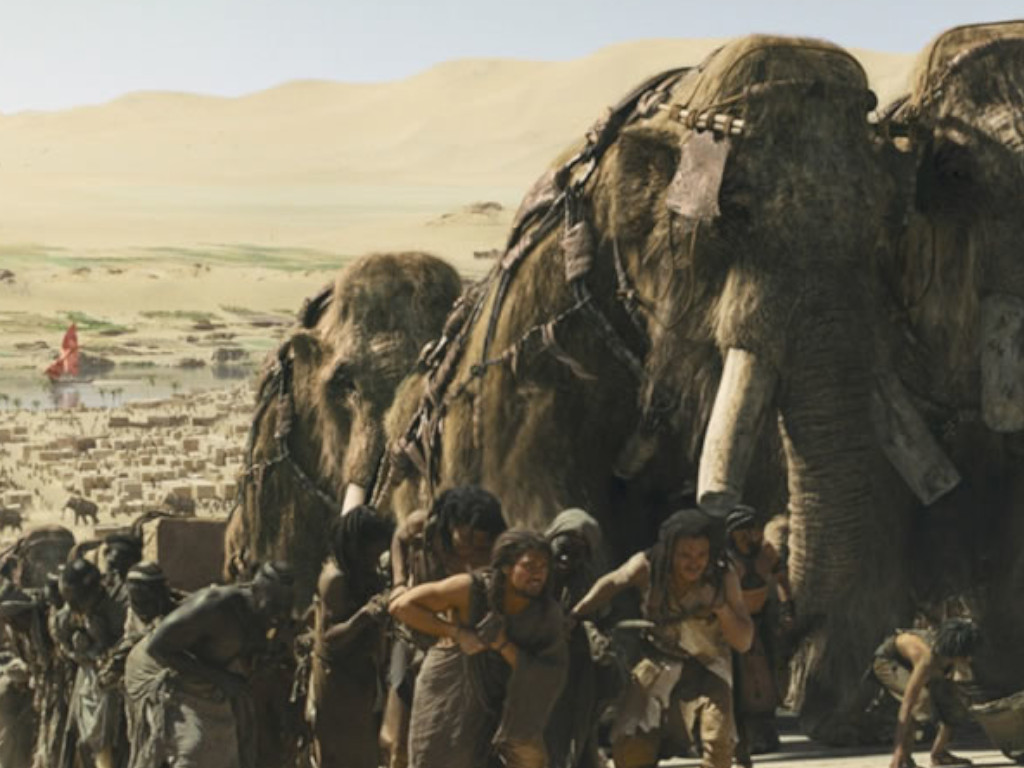
In the 2008 film, “10,000 B.C.,” viewers saw woolly mammoths walking around Egypt and helping the Egyptians build pyramids, which is historically inaccurate. Also, we see that the bad guys had ships and used steel, which is far less likely in the year when the film took place.
Plastic Water Bottles on "Game of Thrones"
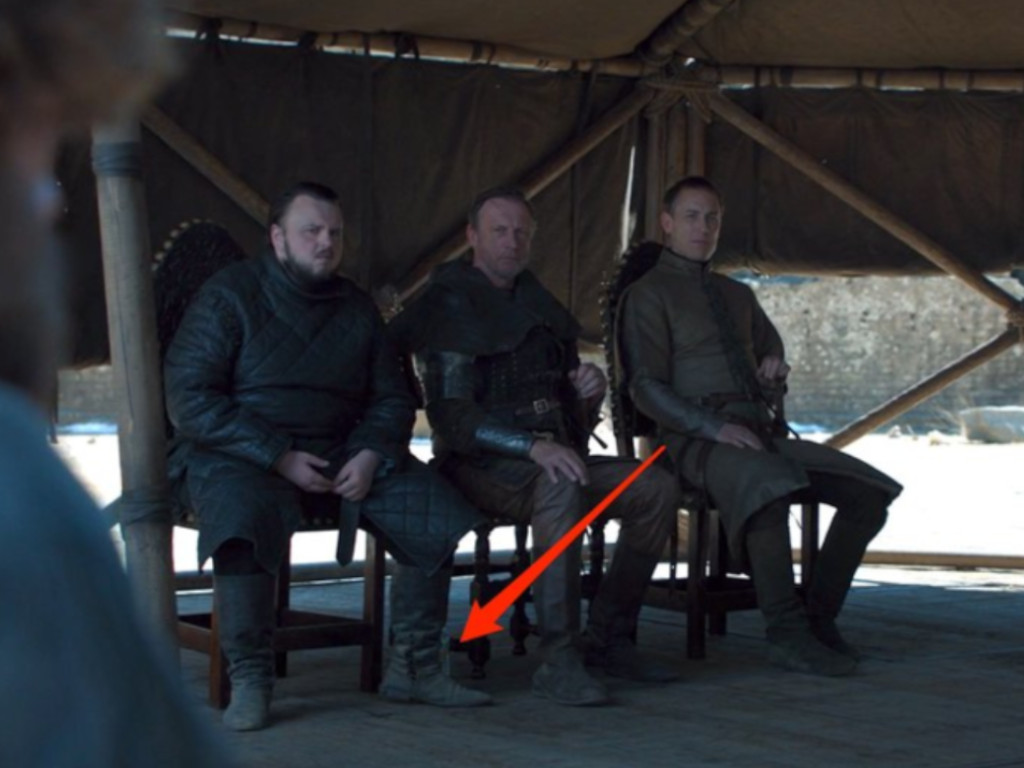
During the series finale of HBO’s “Game of Thrones,” fans noticed a water bottle behind actor John Bradley’s foot. There was also another water bottle near actor Liam Cunningham’s foot. But plastic water bottles obviously didn’t exist in the time period portrayed by the show, so this really broke the fourth wall for some viewers.
Hugh Glass in "The Revenant"
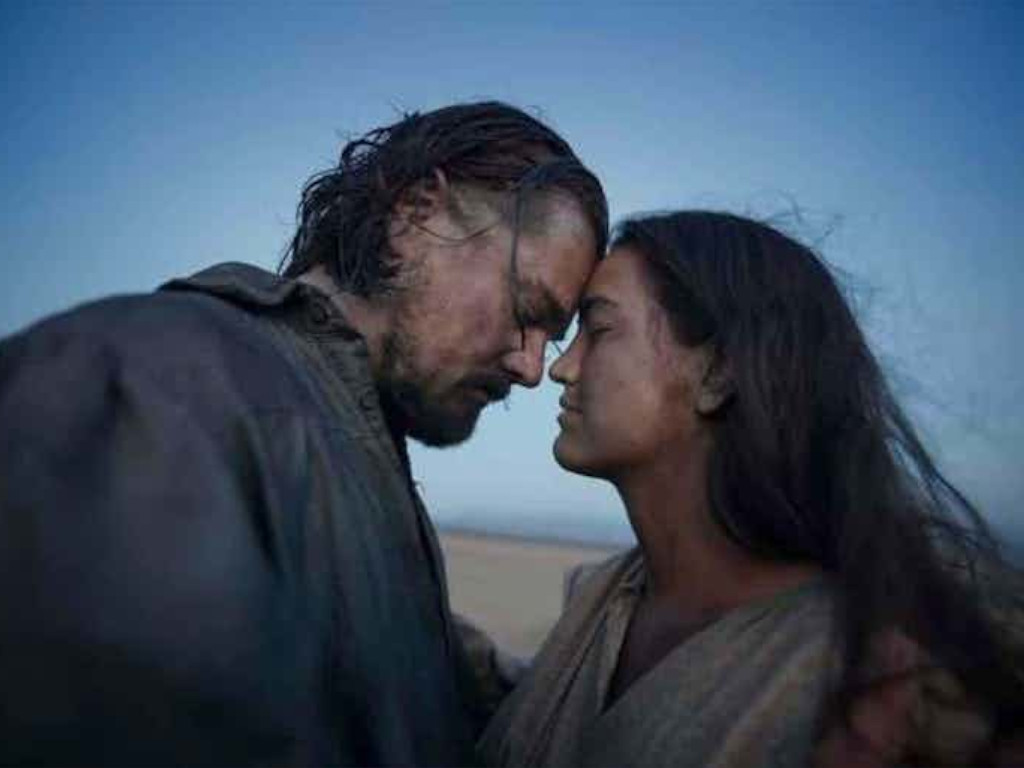
In the 2015 film “The Revenant,” Leonardo DiCaprio plays the character Hugh Glass flawlessly. But while Glass did exist in real life, he never had a wife and kid like is portrayed in the film. And he didn’t exact revenge on the men who left him behind, he actually forgave them.
To-Go Cup on "Game of Thrones"
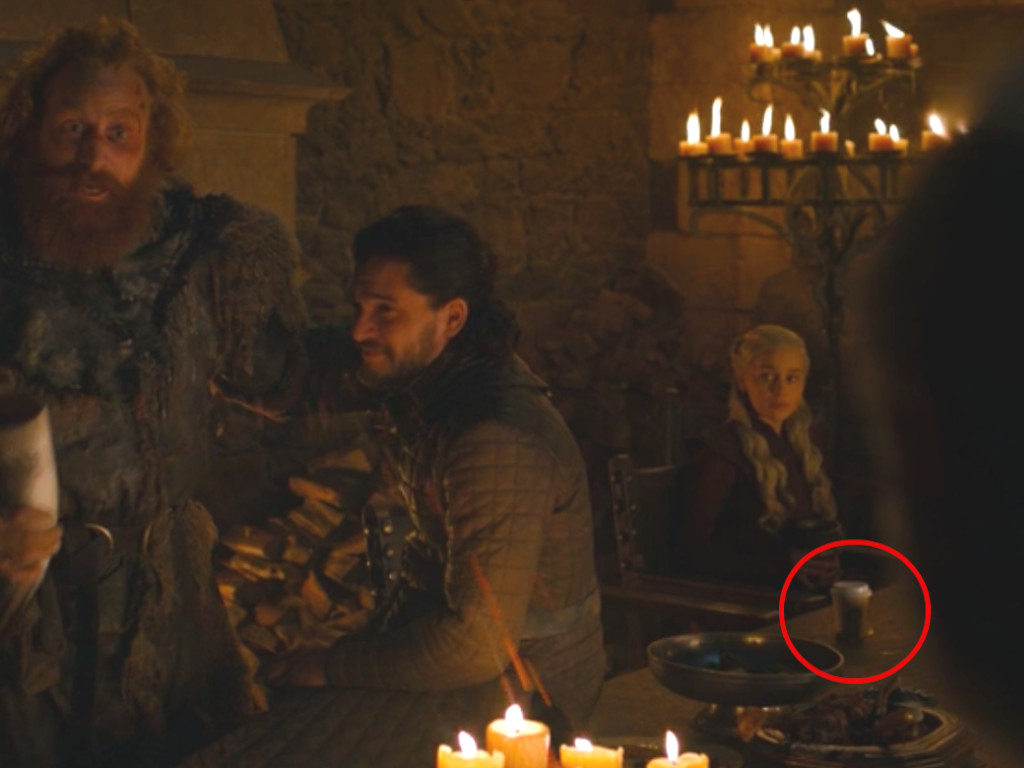
During the final season of the hit HBO show “Game of Thrones,” someone in the crew forgot to take a to-go coffee cup away from the scene before the cameras started rolling. As a result, fans spotted a modern-day coffee cup near Daenerys Targaryen in the final cut of the episode.
Frank Abagnale Jr. in "Catch Me If You Can"
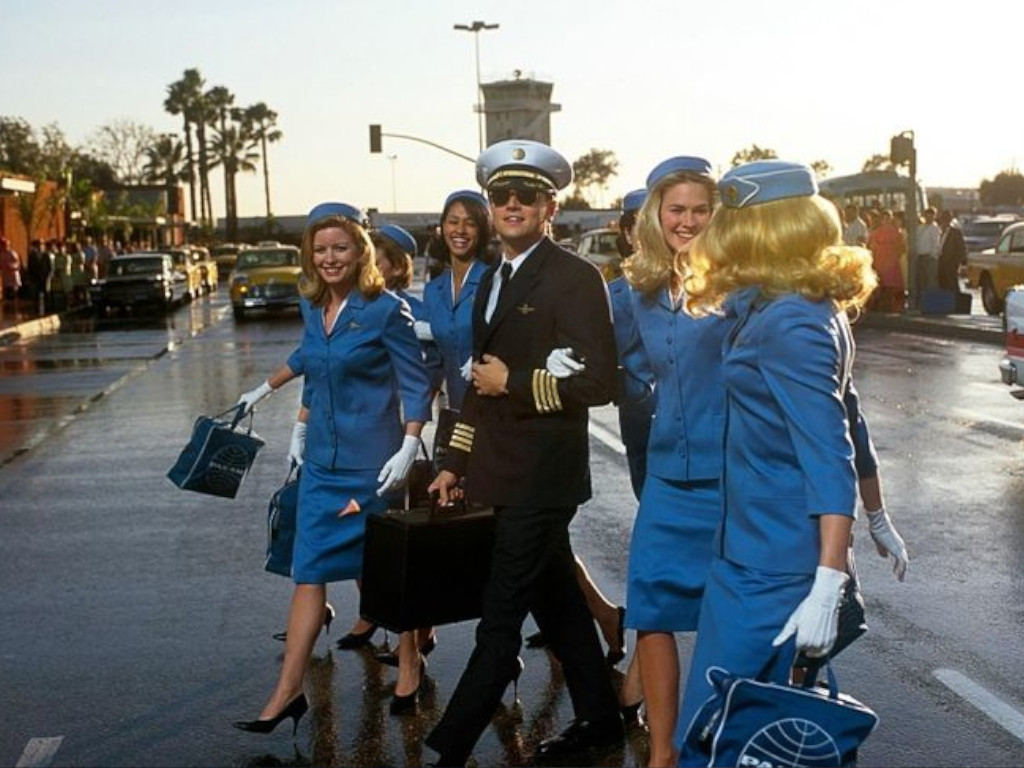
In the 2002 film “Catch Me If You Can,” Frank Abagnale Jr. was a smooth charmer who pulled off a series of scams to lend his parents a hand and give them some extra money. But the real Frank was only interested in wooing the ladies and he didn't always have the best intentions.
Modern Day Water Bottle in "Little Women"
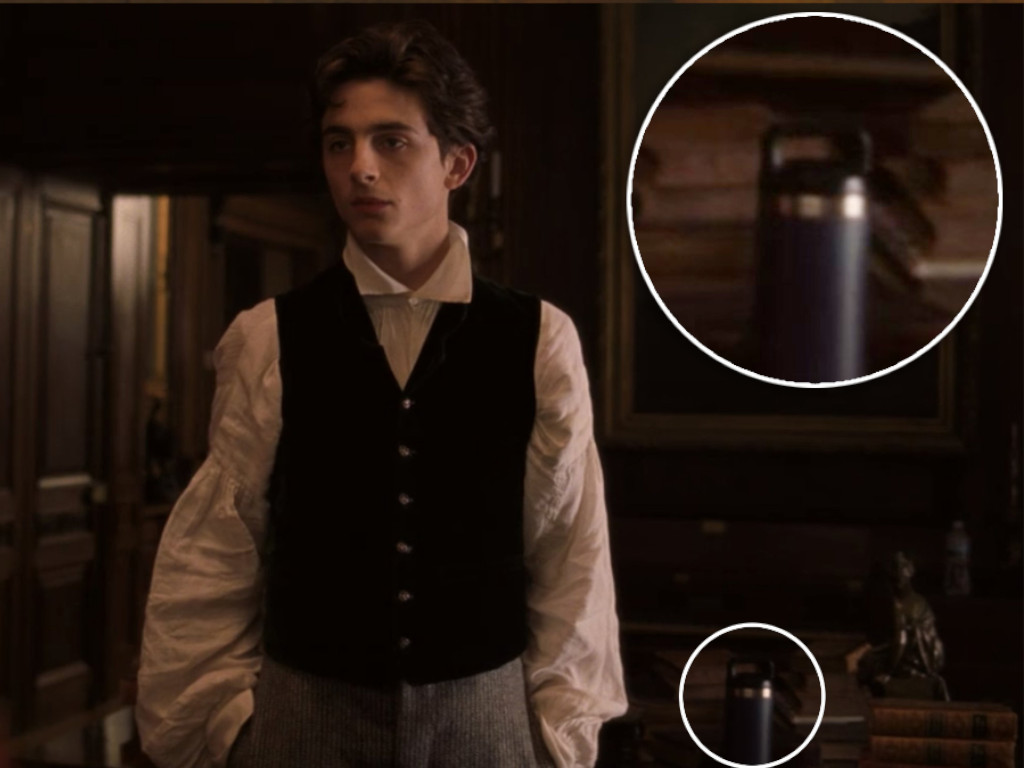
In the 2019 film “Little Women,” Twitter users spotted what appears to be a modern looking water bottle sitting on the desk behind actor Timothée Chalamet. Naturally, there’s no way that an insulated water bottle even existed in the 1800s when the film takes place.
The Racism in "Remember the Titans"
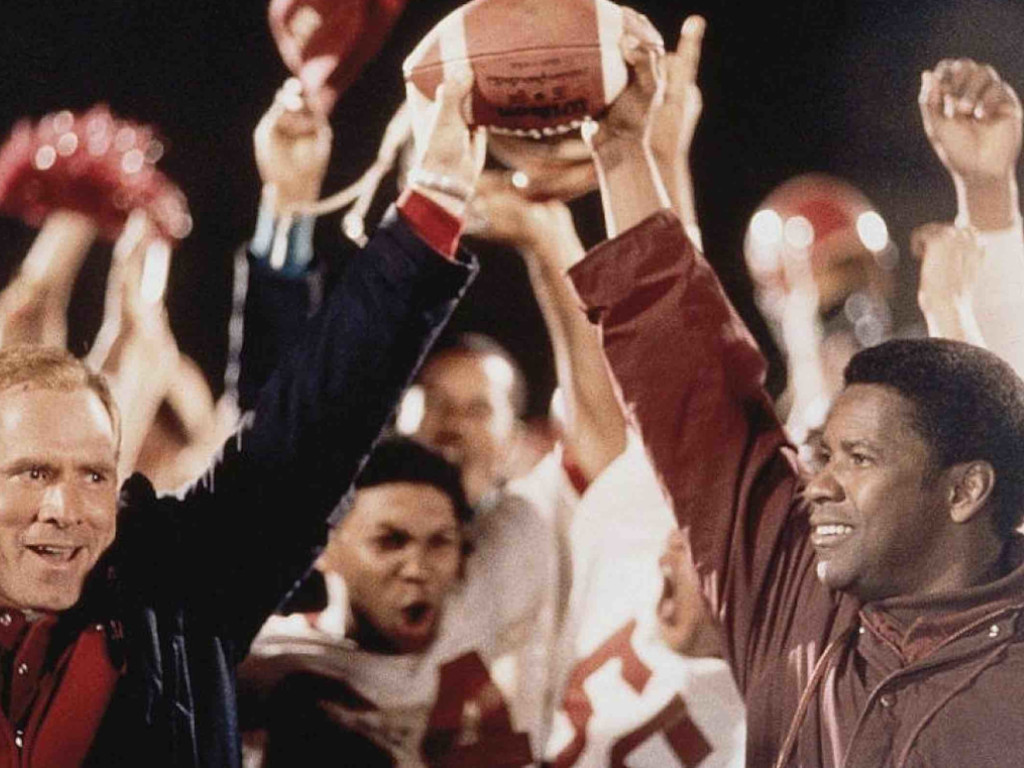
In the 2000 film “Remember the Titans,” the bad guys were portrayed as extremely racist and very violent. But according to the real teachers and players the movie portrayed, the racism in Virginia wasn’t quite as bad as the way the film portrayed it. If anything, most people welcomed the team of both black and white players.
"Bridgerton" References Cars
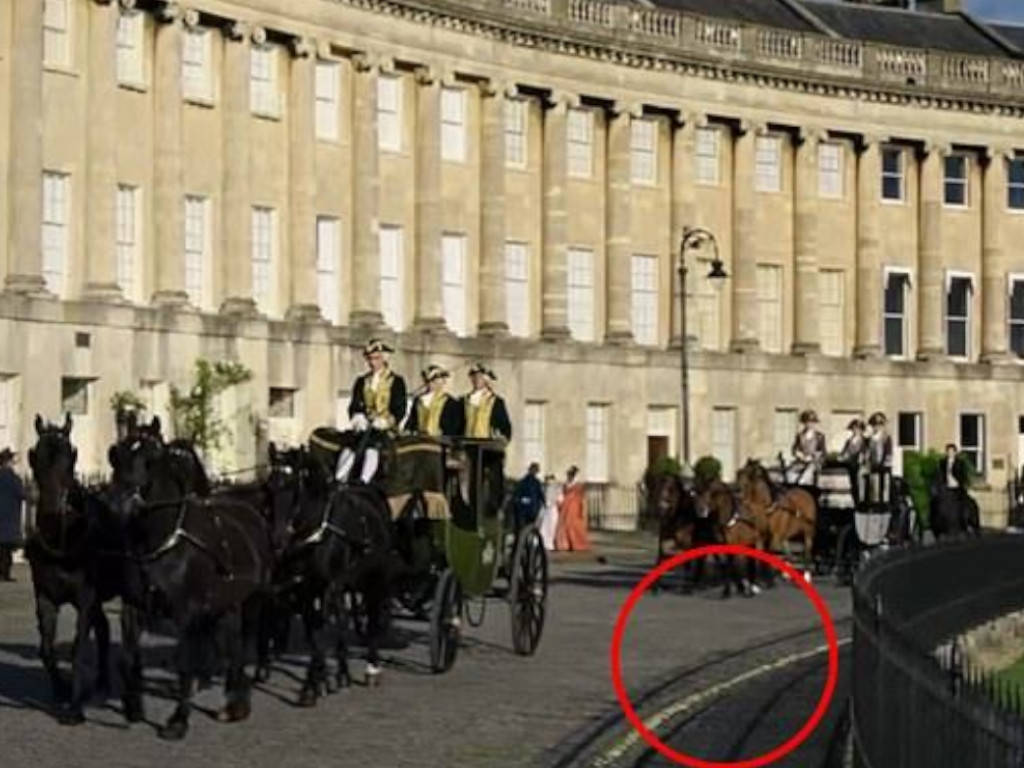
Although the Netflix series “Bridgerton” takes place in 1813 London, there is one scene where viewers spotted a yellow traffic line, which wasn't common until the 1950s. Also, cars didn’t actually exist in the era depicted on the show, so there wasn't much of a need for such traffic lines.
Jimmy Hoffa in "Hoffa"
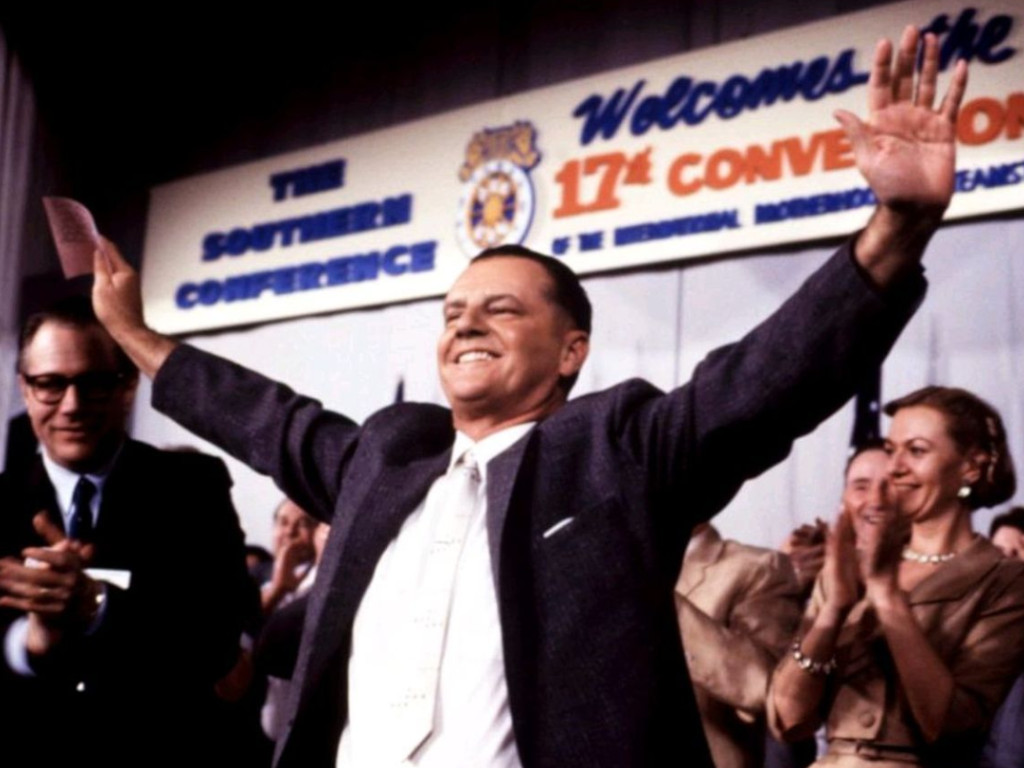
Writers took a great deal of creative liberties during the making of the 1992 film, “Hoffa,” which was about a labor union leader named Jimmy Hoffa. In the film, we see Hoffa getting murdered in a parking lot, but no one really knows what happened to the real Hoffa. He simply vanished without a trace.
Modern Exit Lights in "Newsies"
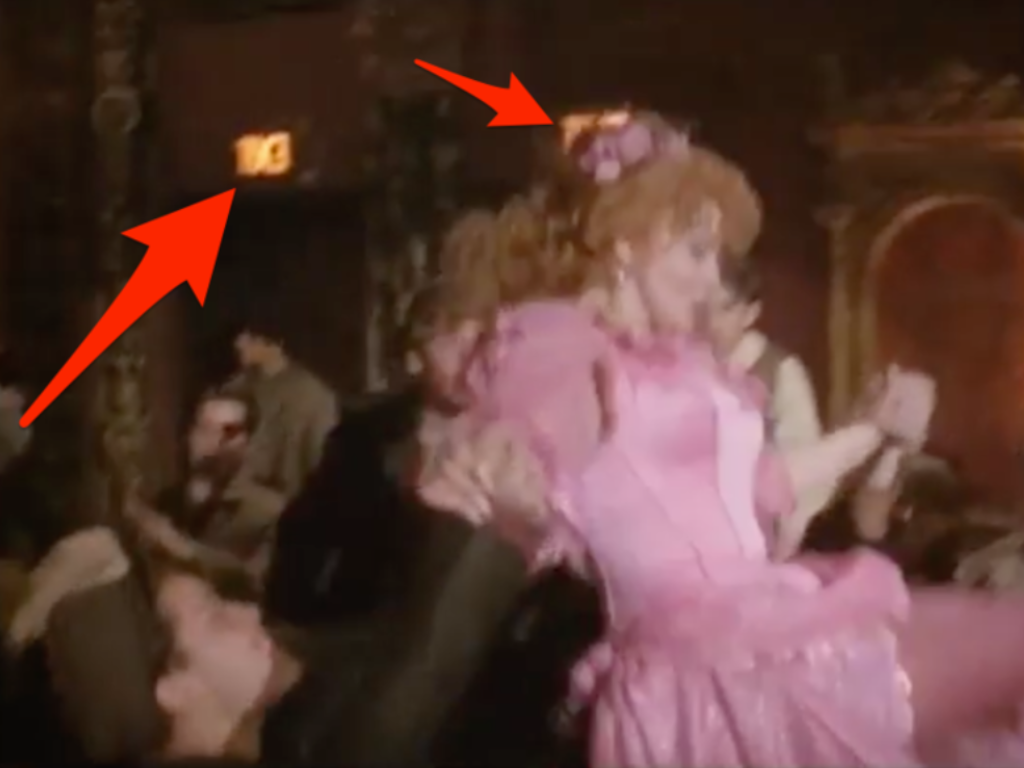
The 1992 film “Newsies,” takes place in 1899 New York City, but it was difficult for fans to get a feeling of the film’s time period because there were multiple modern exit signs visible during a performance of “High Times, Hard Times” in the film.
More Exit Signs in "O Brother, Where Art Thou?"
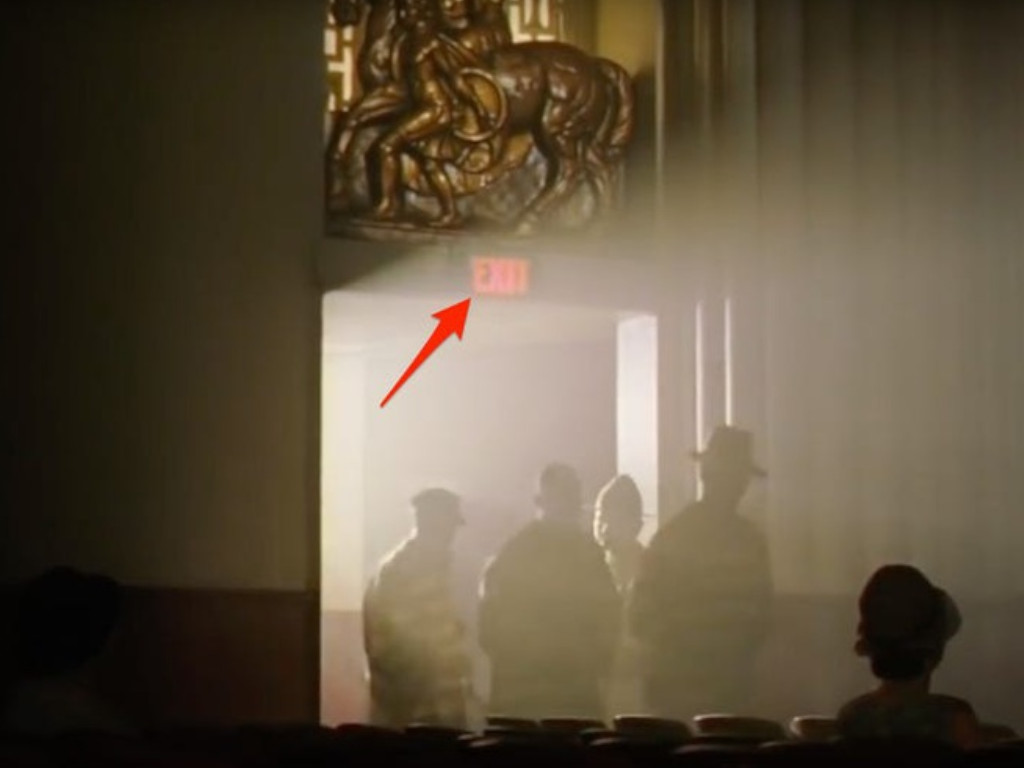
In the 2000 film “O Brother, Where Are Thou?” moviegoers spotted an exit sign lit above the archway of a theater. Under normal circumstances this wouldn’t be an issue except that the film takes place in the 1930s. While a theater of that era might have had an exit sign, it’s unlikely it would have looked as modern as this one.
Bomb Diffuser in "The Hurt Locker"
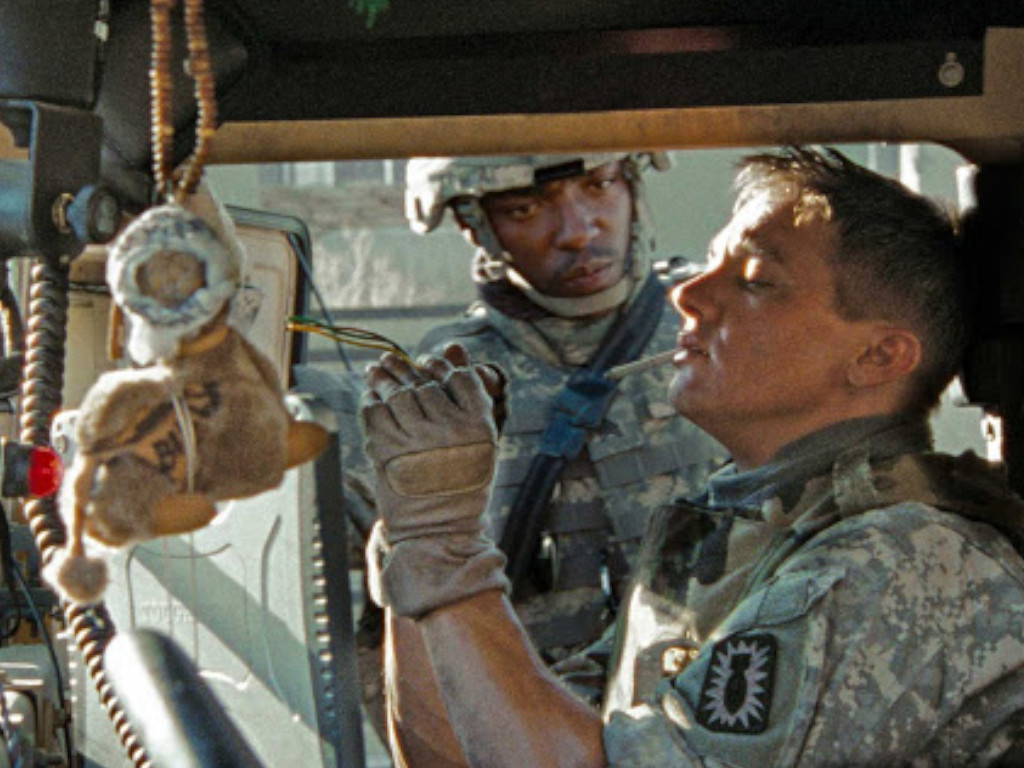
Real life bomb experts weren’t happy with the way Jeremy Renner portrayed a bomb diffuser in the 2008 film “The Hurt Locker.” The film insinuated that bomb experts were all irrational hotheads, which one expert claimed is completely untrue, because you need to be calm to do the job well.
A White Car in "Braveheart"
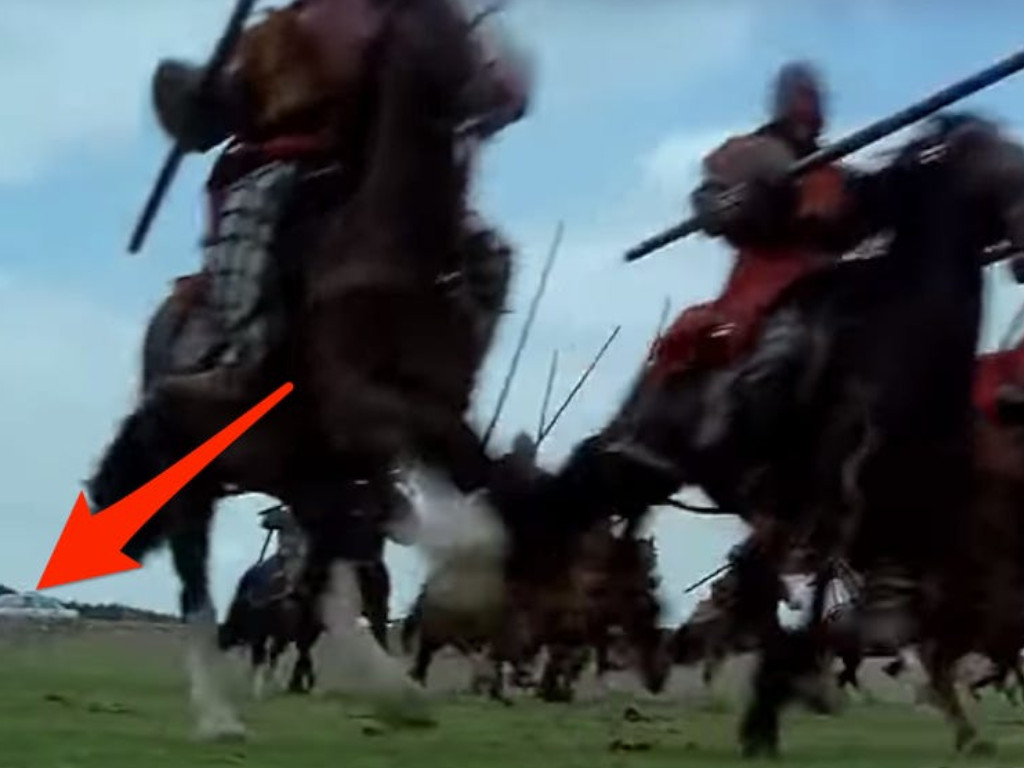
Although the film “Braveheart” was shot in 1995, the era the story takes place in is the 13th century. This left fans pretty confused when they noticed a modern white car parked in the back of one of the scenes. Obviously, this was just the car of someone in the production team, but it really changed the feeling of the whole movie for some people.
Queen Victoria in "Victoria"
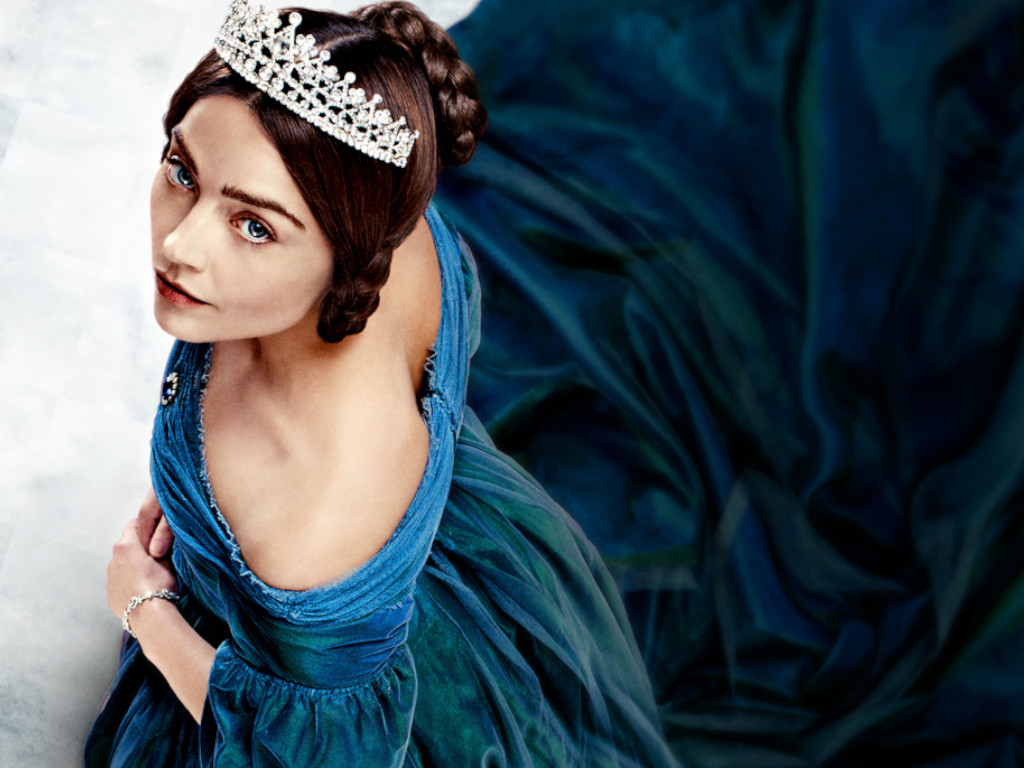
The TV series, “Victoria” focuses on Elizabeth II’s great-great-grandmother Queen Victoria. The show suggests that Victoria falls for Lord Melbourne, who is played by Rufus Sewell, and had a great romance with him. But when Victoria met Prince Albert in real life, she was instantly in love with him and never had a relationship with Melbourne because she considered him a father figure in her life.
Digital Watch in "Glory"
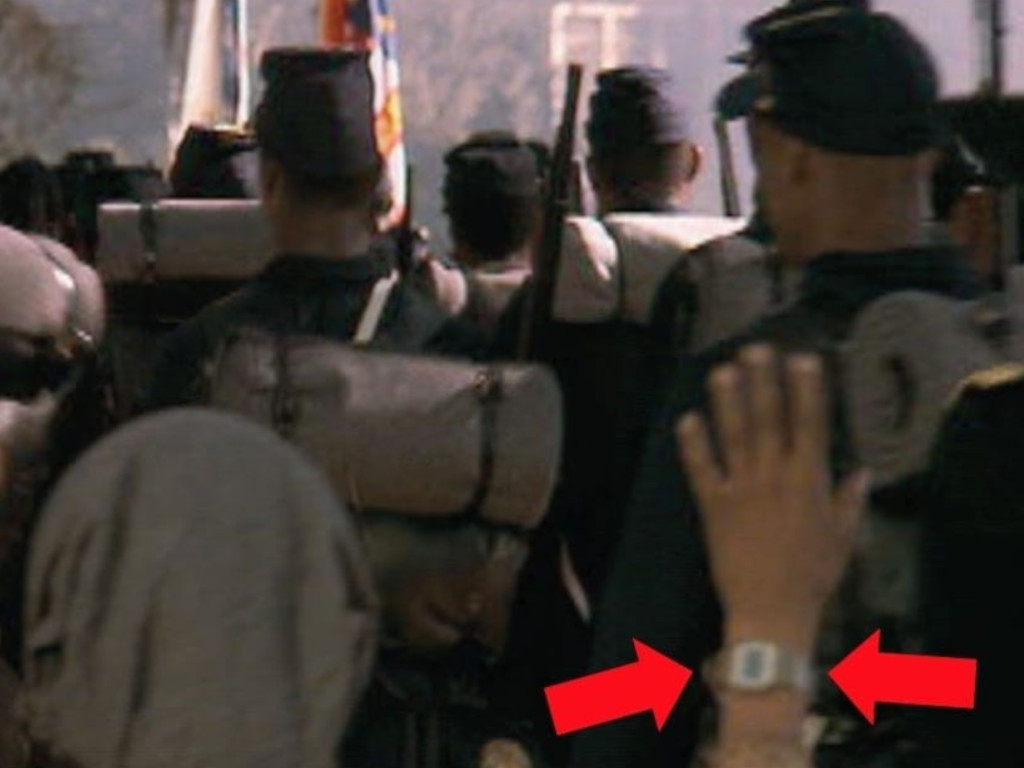
The 1989 film “Glory” starring Denzel Washington took place in 1861 during the Civil War. And yet, viewers spotted an extra wearing a modern digital watch on their wrist when they raised their hand during a scene. How did none of the post-production crew catch that one?
King Henry VIII in "The Tudors"
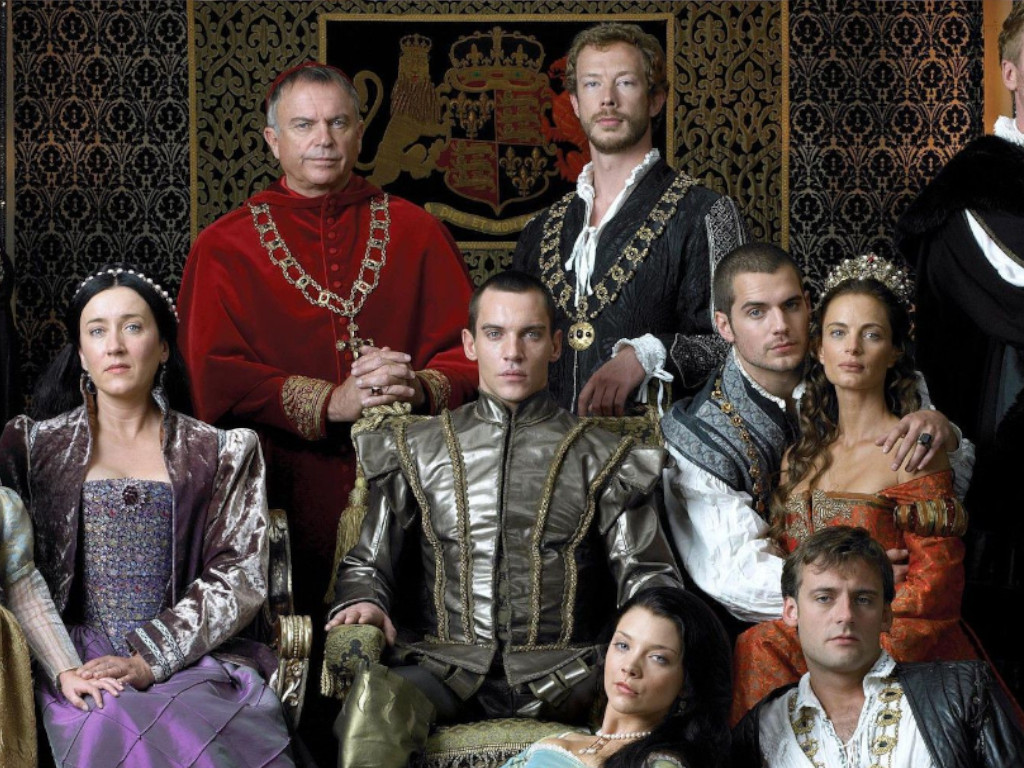
In the TV series, “The Tudors,” King Henry VIII was played by Johnathan Rhys Meyers. But while the actor himself is quite handsome, the same could not be said for the real King Henry VIII. It’s said that the monarch of England had really let himself go by the time that he was 40.
Modern Cowboy in "Pirates of the Caribbean"
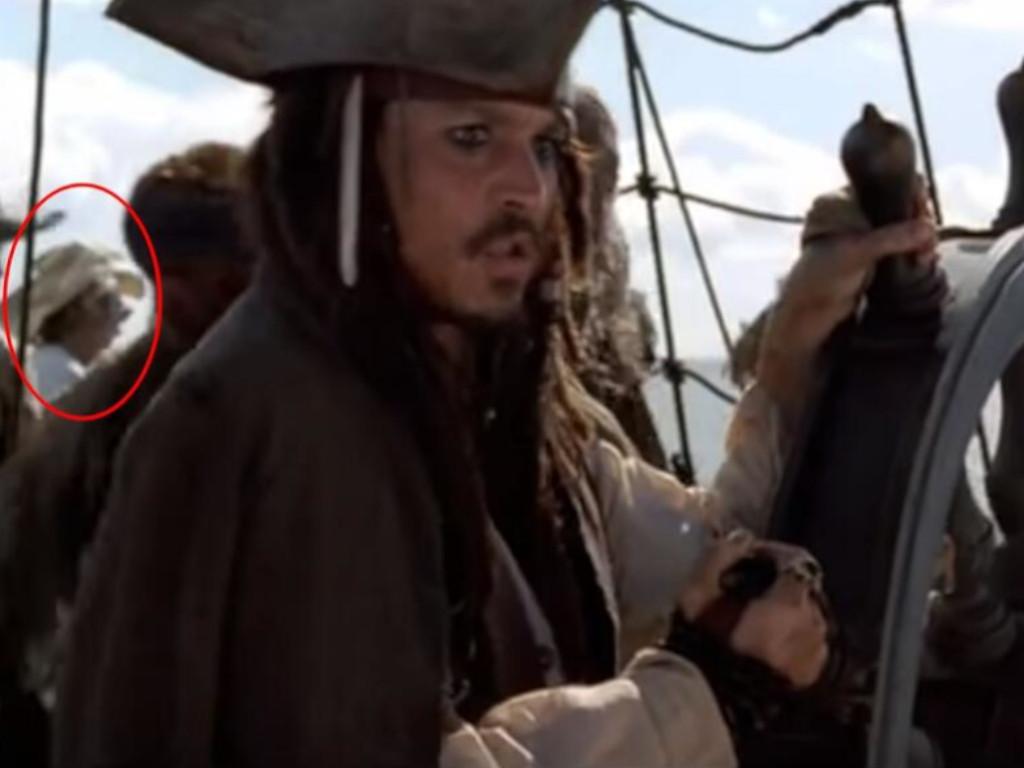
In the 2003 film “Pirates of the Caribbean: The Curse of the Black Pearl,” there’s a man wearing a t-shirt and a cowboy hat. It’s one of those blink and you’ll miss it moments, but the crew member is clearly standing in the background of the shot wearing modern day clothes, despite the film taking place in the early 18th century.
Cleanliness in "Outlander"
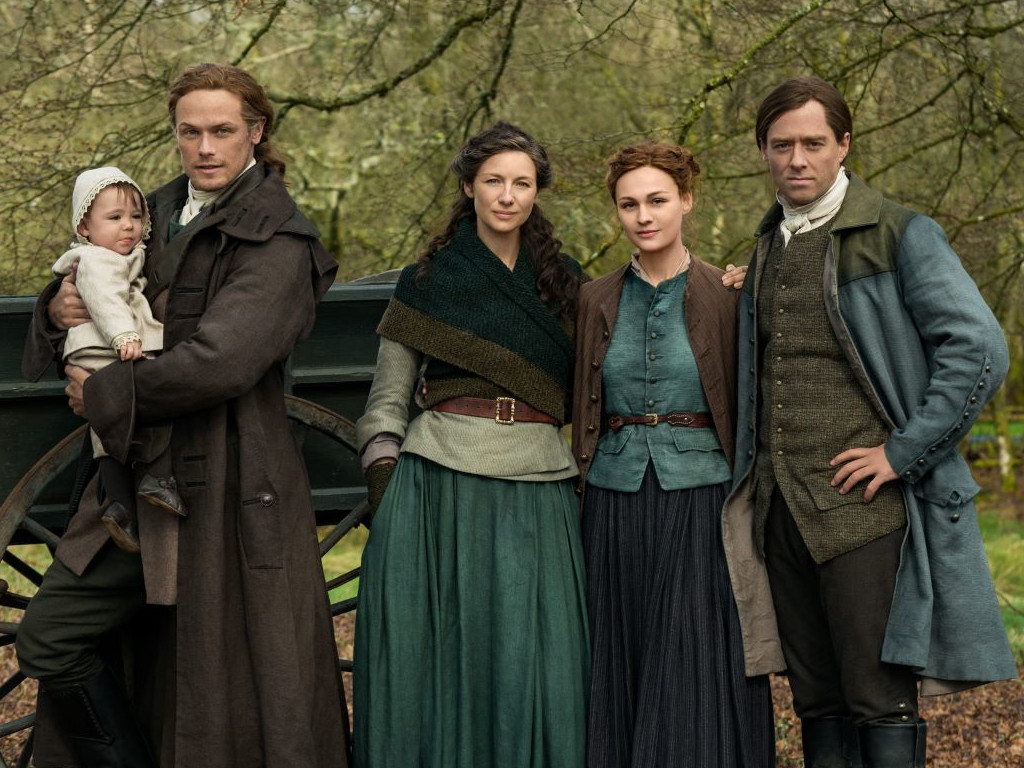
Witchcraft and time travel is a recurring theme in the TV series “Outlander,” but that’s not what makes the series so unbelievable. It’s the fact that the characters are so nice and clean, which was rare at the time. Also, the character Claire, who traveled back to the year 1743, has access to medicine that didn’t exist in that time period.
A 1960s Comic in "M*A*S*H"
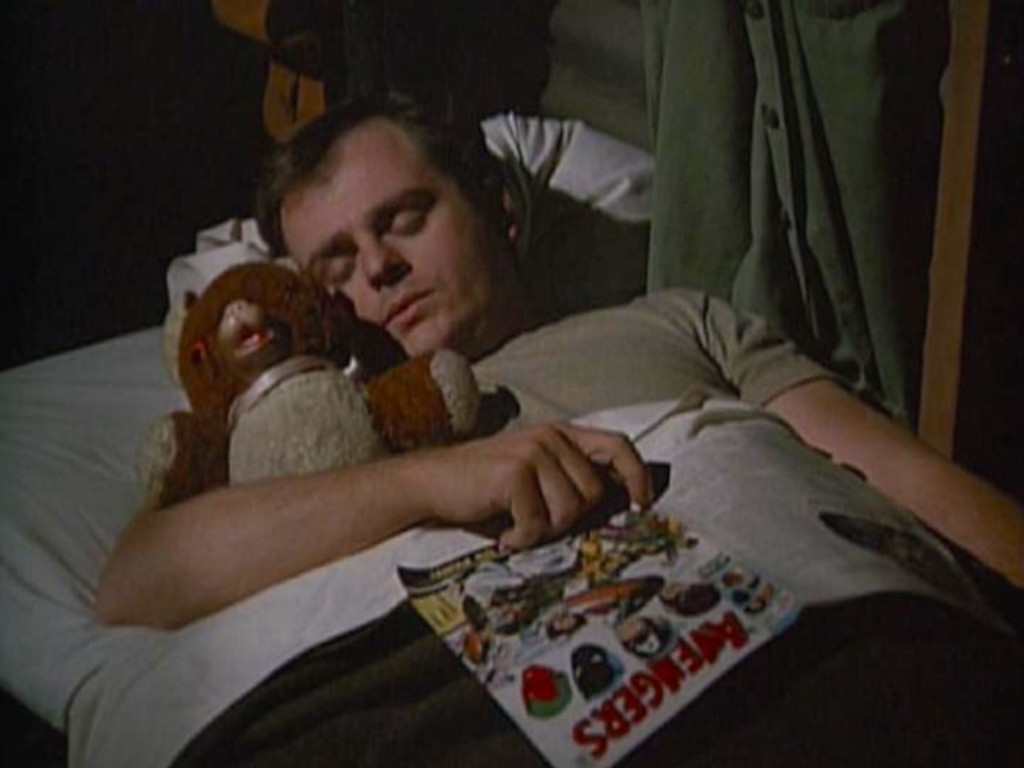
In the “M*A*S*H” episode “Der Tag,” the character Radar O‘Reilly is holding an “Avengers” comic book. But the TV series takes place during the Korean War in the early 1950s and the first “Avengers” comic book didn’t come out until 1963.
The Jamaican Team in "Cool Runnings"
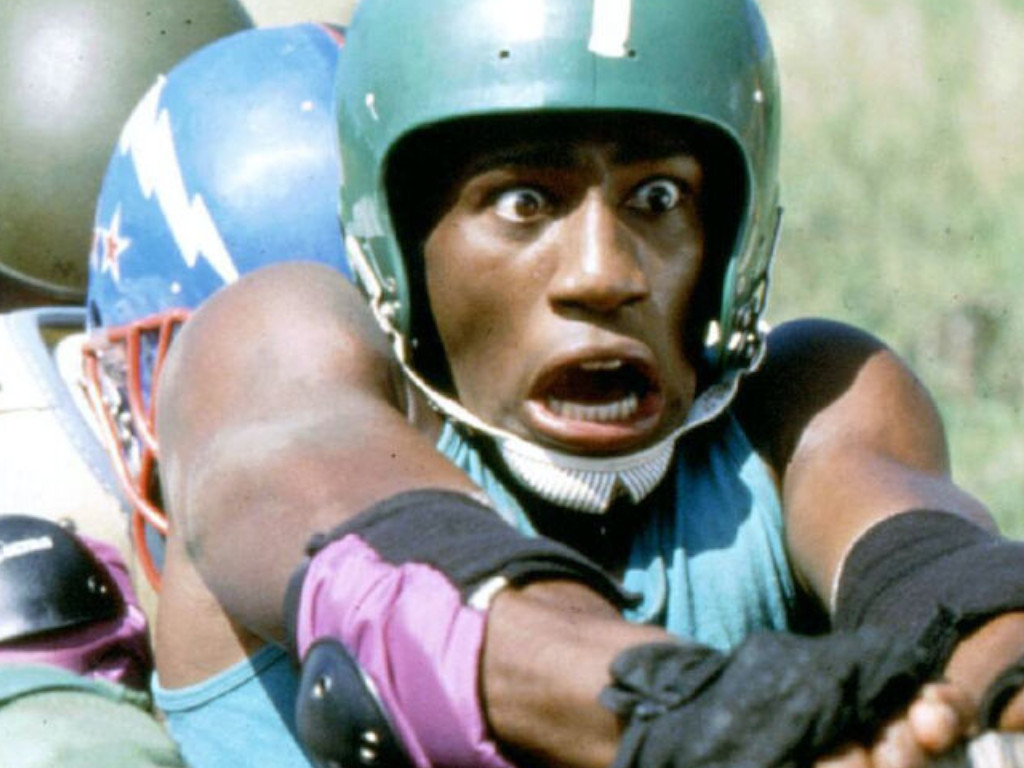
In the 1993 film “Cool Runnings,” a Jamaican team of Olympic bobsledders were portrayed as being former sprinters who were seriously disliked. But in reality, the team were Army recruits that had been selected by two Americans, and everyone was head over heels in love with them.
The Chase Scene in "Argo"
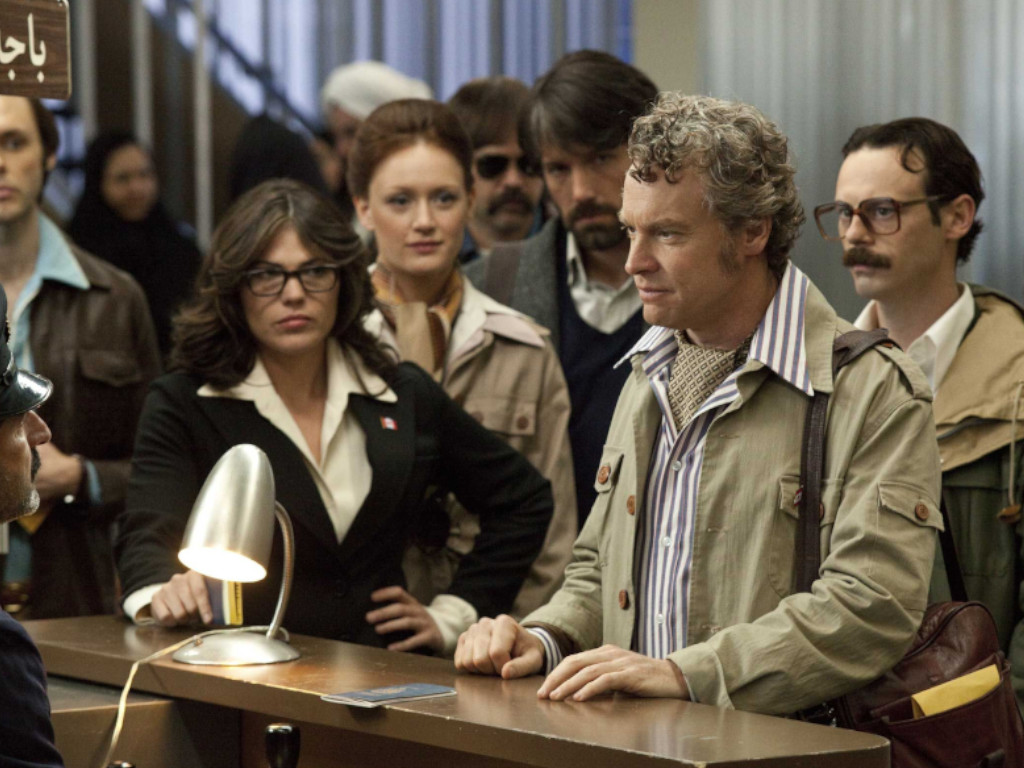
The 2012 film “Argo” was based on the real-life rescue of Americans from Iran. In the actual events, the rescue went perfectly. But in the film, we see Iranian insurgents running after the Americans in the runway of an airport. This, however, never happened, and was just added to the film for dramatic effects.
Movie Billboard in "The Doors"
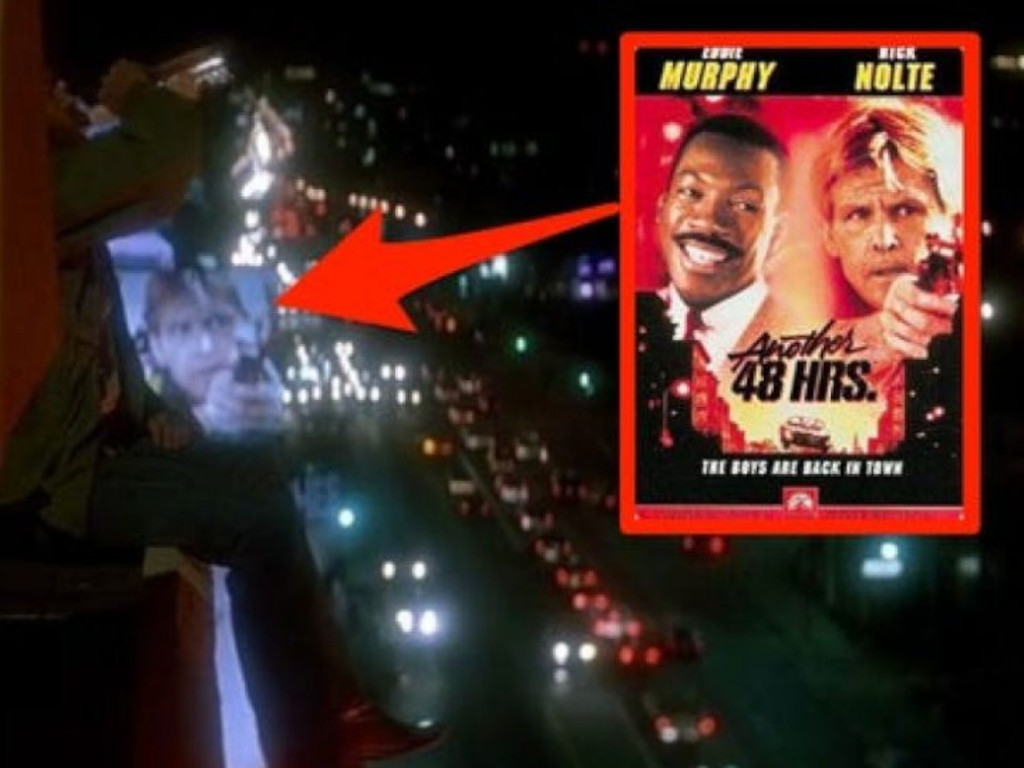
The 1991 film “The Doors” was about Jim Morrison and his band The Doors. The movie took place during the 1960s and the 1970s. But during a scene in 1971, viewers can see a billboard for the film “Another 48 Hours,” which came out in 1990.
Pocahontas in "Pocahontas"
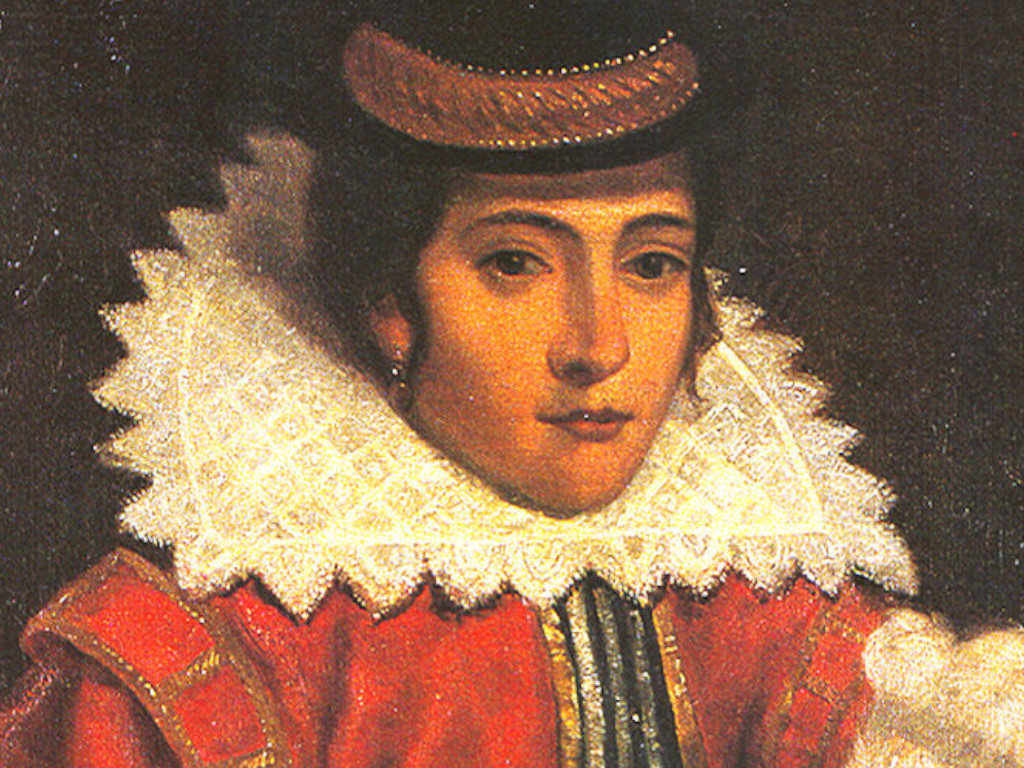
In typical Disney fashion, writers altered history in the 1995 animated film “Pocahontas” to make the main character fit the typical vision of a Disney princess. In reality, Pocahontas’ real name was Matoaka and she did marry a John, but it wasn’t John Smith. She married John Rolfe after being held prisoner in Jamestown, an event that also wasn't mentioned in the popular animated film.
Inaccurate Love Story in "Shakespeare in Love"
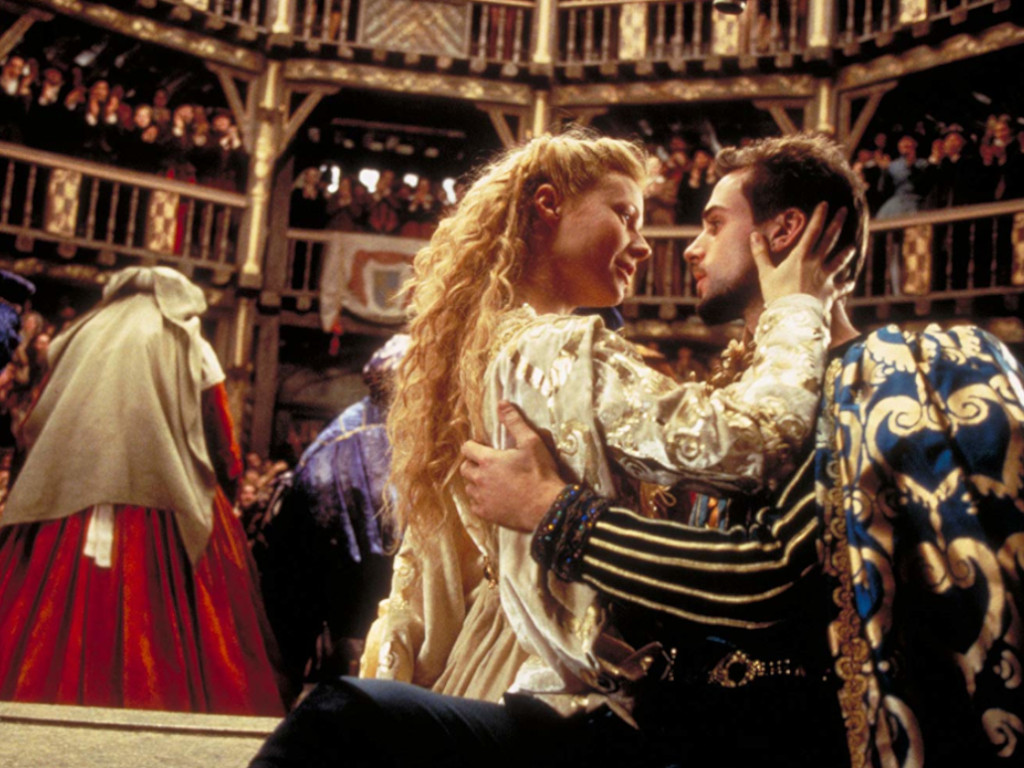
In the 1999 film “Shakespeare in Love,” William Shakespeare has a love affair with a character named Viola. But that never happened in real life. In fact, there are rumors that he was actually attracted to English playwright Christopher Marlowe.
The Charger in "Game of Thrones"
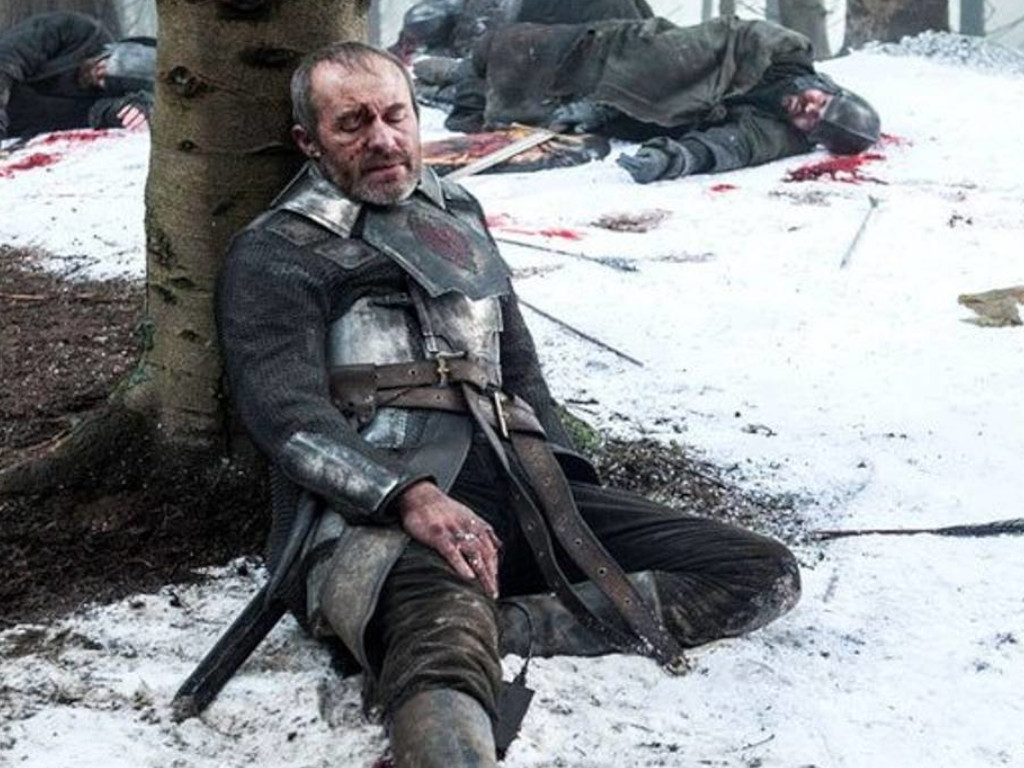
During the fifth season of “Game of Thrones,” viewers noticed what looked like some kind of charger under Stannis’s leg. Production teams had done their best to cover up the cable, but they clearly didn’t do enough of a good job at hiding it completely as it’s still sort of visible under his right leg by his boot.
Osama Bin Laden in "Breaking Bad"
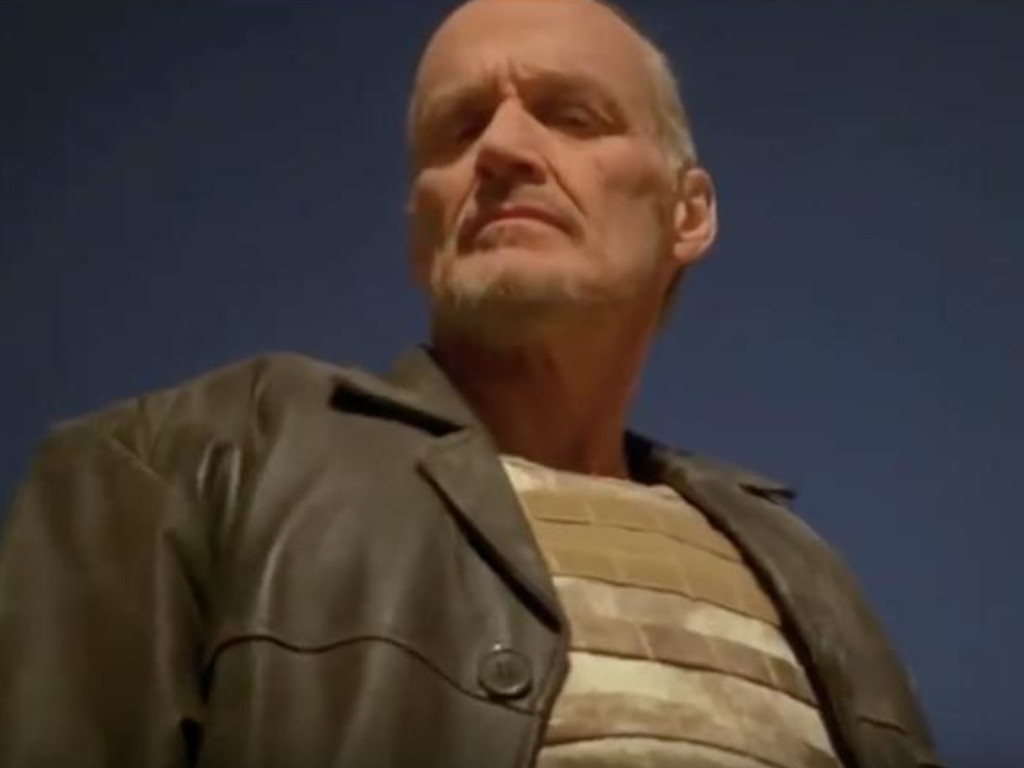
During an episode of “Breaking Bad,” antagonist Jack Welker talks to his nephew, Todd, about Osama bin Laden’s death. The only problem is that the show takes place in 2007 and bin Laden didn’t meet his fate until 2011, so the timeline was totally skewed just to mention a topical subject.
The Starbucks in "Once Upon a Time in Hollywood"
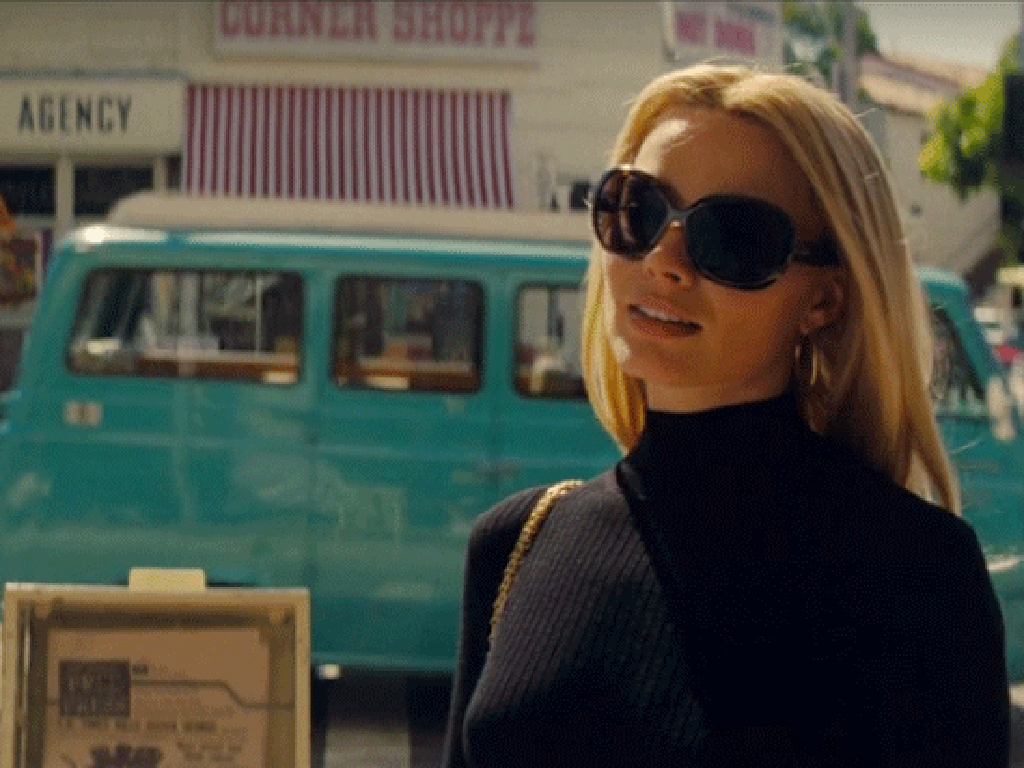
In Quentin Tarantino’s “Once Upon a Time in Hollywood,” the film took place in the late 1960s, approximately 1969. But viewers noticed a Starbucks in the background of a scene featuring Margot Robbie's character, which didn’t pop up until the year 1971. Another historical inaccuracy included the presence of a number exit ramp, which California didn’t get until 2002.
Nash’s Relationship in "A Beautiful Mind"
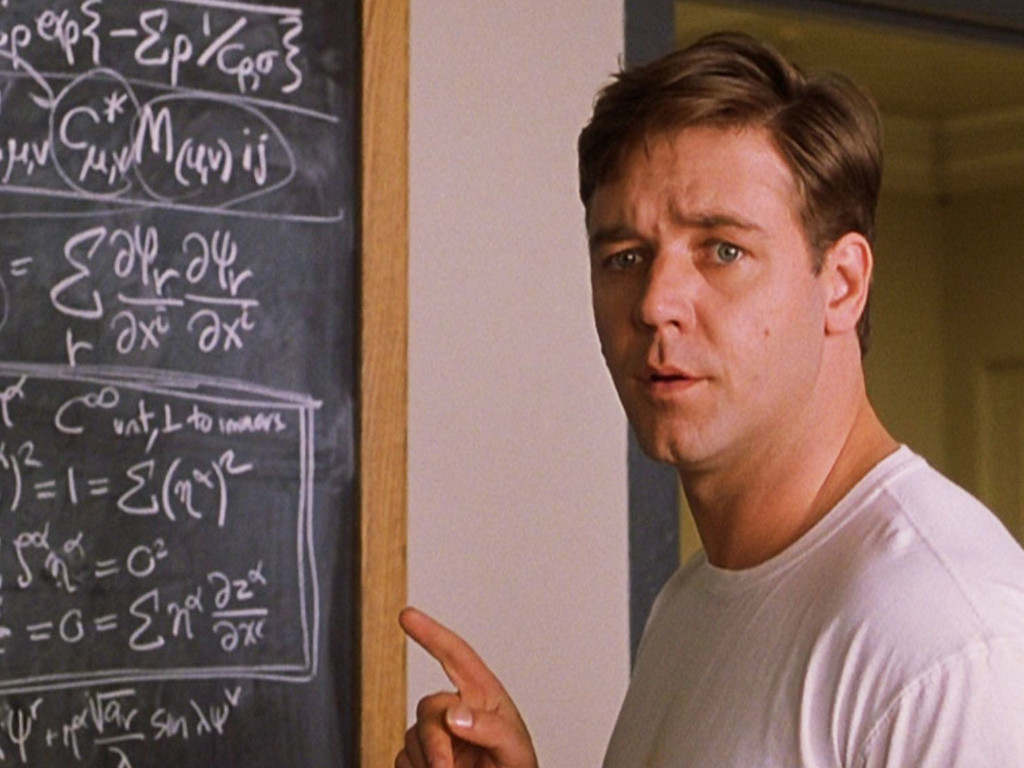
The film “A Beautiful Mind” was based on a true story and stars Russell Crowe as John Nash, a mathematician with schizophrenia who made contributions to subjects like geometry and game theory during his life. But the movie fails to mention the full extend of his personal relationships, instead showing a steady marriage with one wife, when in reality, he had relations with other men, including one that cost him his job in 1954. And the film didn't show that Nash threw his wife, Alicia, to the ground during a work picnic or that the two of them got divorced in the early 1960s.
Historical Inaccuracies in "The Patriot"
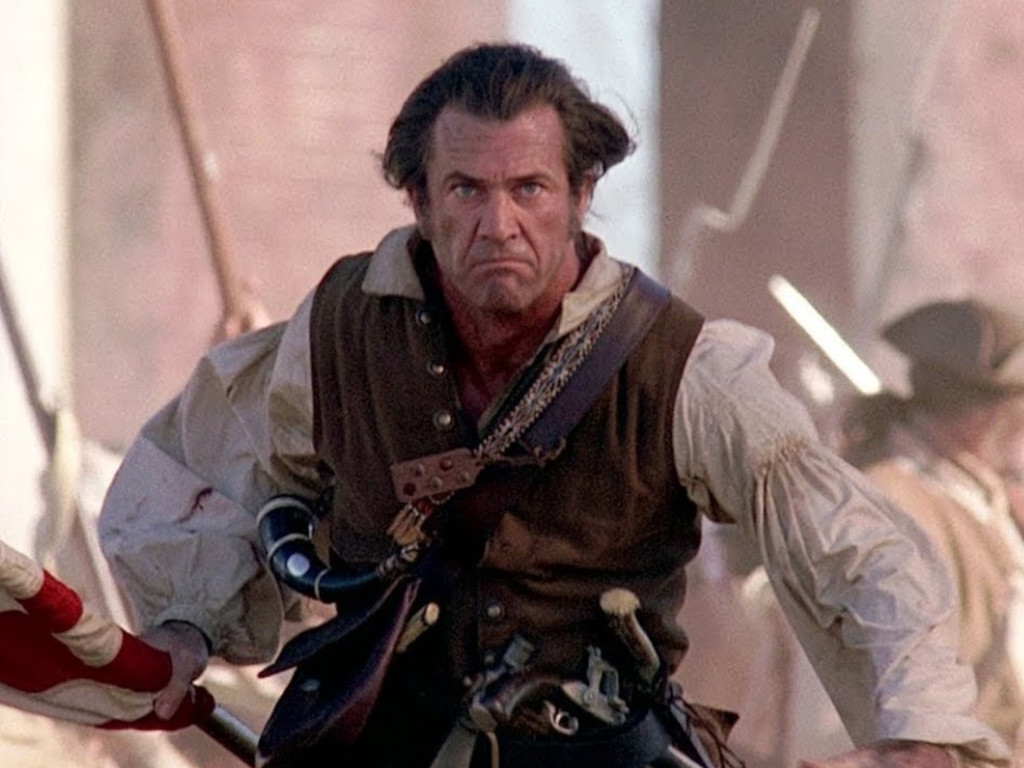
“The Patriot” starring Mel Gibson as Francis Marion, makes British soldiers look like the bad guys during the American Revolution, but there’s no proof that the things they did in the film, like shooting a child, actually happened. Also, towards the end of the movie, Marion defeats “the bad guy,” which is weird because in real life, the Americans lost the battle the movie centers around.
The Trouble With "Braveheart"
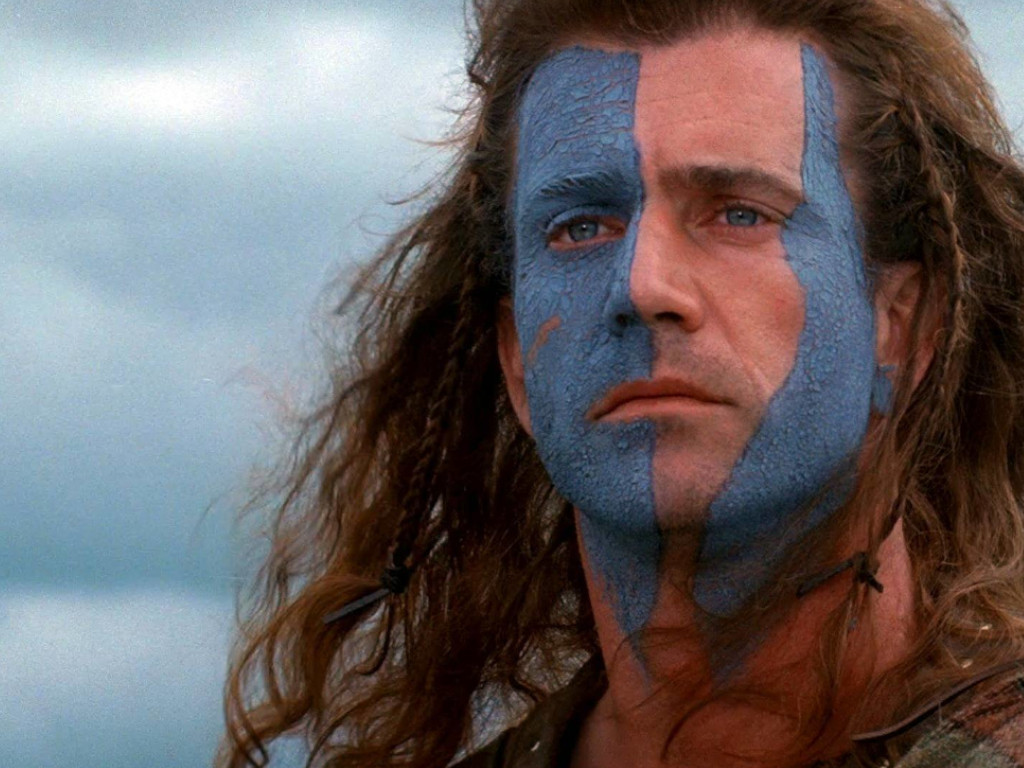
The film “Braveheart” starring Mel Gibson as William Wallace shows him falling in love with Isabella, who was only 3 years old during the events of the film in real life. Also, the film takes place in the 13th century, and many of the characters are seen wearing kilts, but Scottish people didn’t wear kilts during that time period, even though they are an iconic part of Scottish fashion now.
Roman Emperor in "Gladiator"
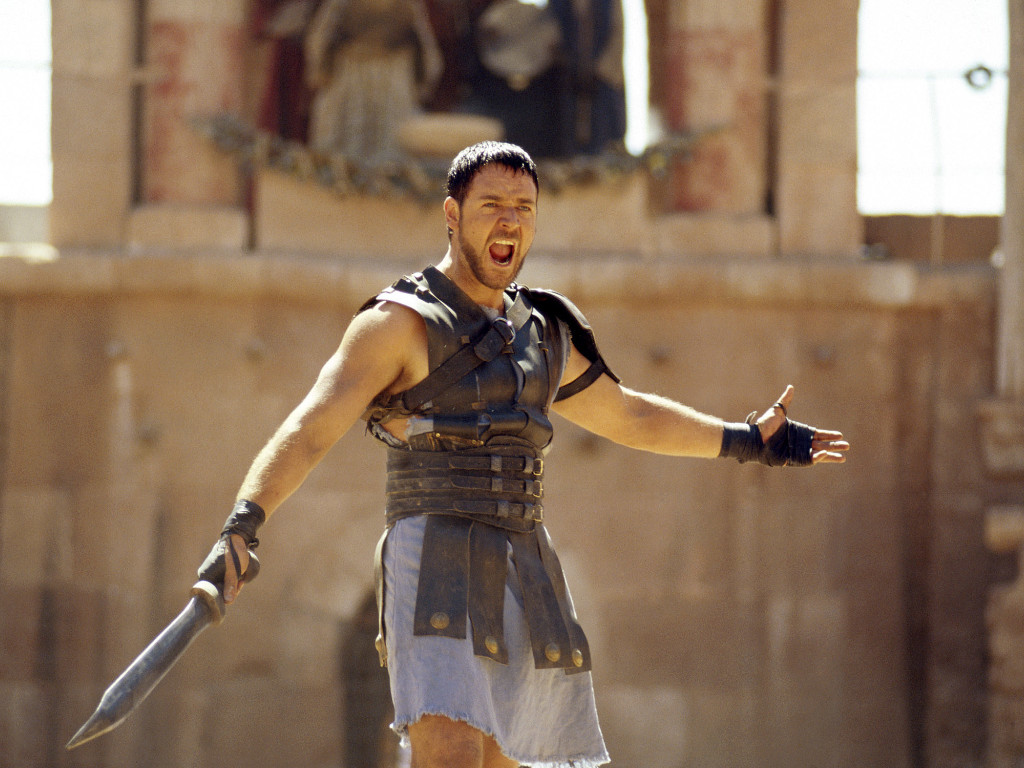
In the film “Gladiator,” Commodus, played by Joaquin Phoenix, was written as a total jerk who murdered his father, Roman emperor Marcus Aurelius. But according to historians, Commodus was highly respected and he didn’t kill his father. Aurelius actually died of chickenpox. Also, Commodus wasn’t killed in the arena, he was murdered by a wrestler in the bath.
Persians in "300"
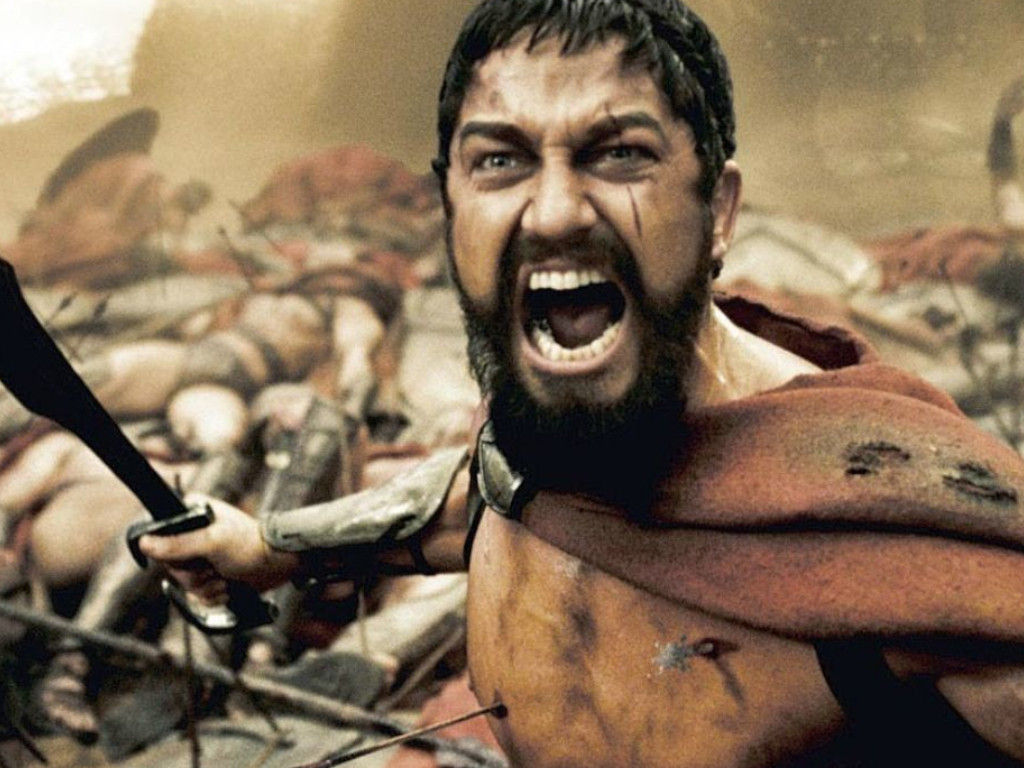
In the 2006 film, “300,” Spartans fought a battle against the savage Persians all on their own and still lost. But in reality, Persians were not savages. They were actually quite advanced as a civilization at that time. Also, the Spartans didn’t fight the Persians alone, they had 7,000 Greeks on their side.
Origami in "Pearl Harbor"
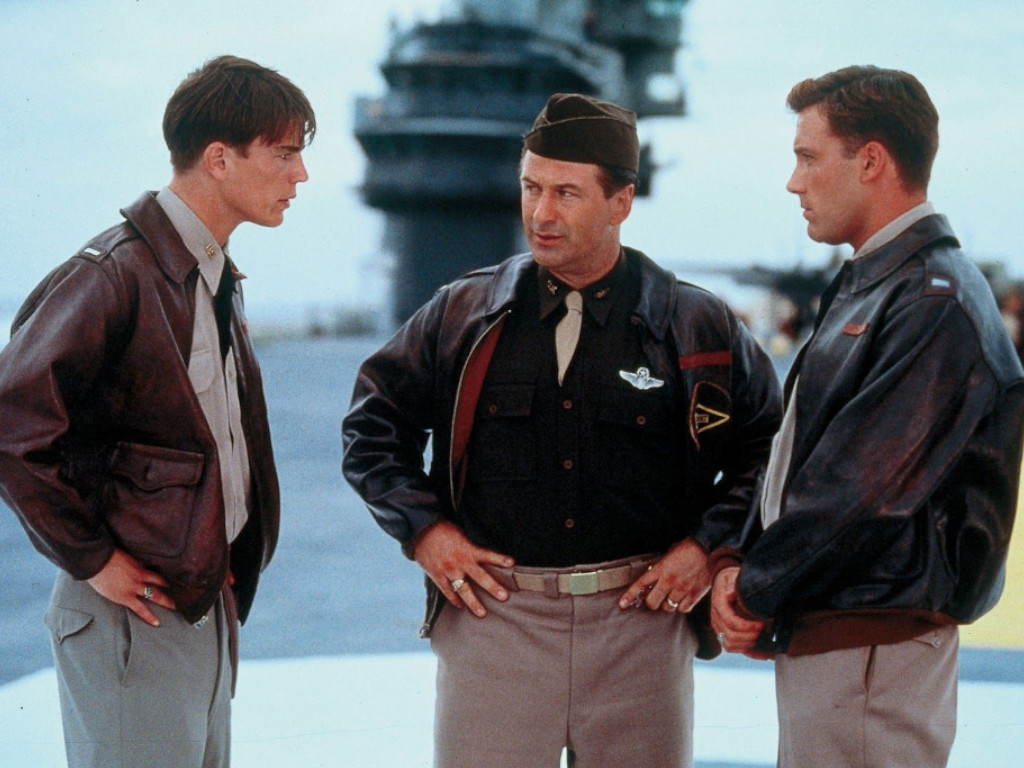
In the film, “Pearl Harbor,” Ben Affleck’s character was seen giving his girlfriend origami cranes, which was impossible since origami wasn’t popular in the United States until after the war ended. But that wasn’t the only historical inaccuracy. The film also showed rimless glasses and people smoking Marlboro Lights before they were invented.
Destroying Communism in "J. Edgar"
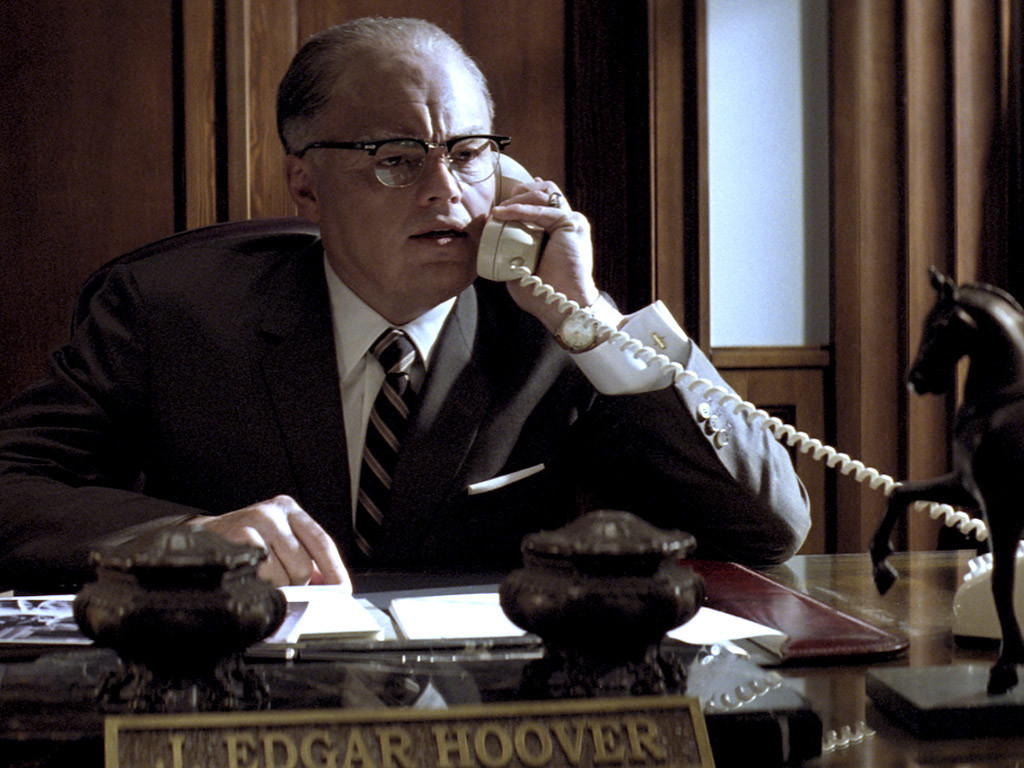
In the film, “J. Edgar,” FBI founder J. Edgar Hoover is portrayed as the guy who defeated communism before it could corrupt America. But in real life, Hoover also went after union members, Black nationalists, and liberals, who had no ties to the Communist party. He even investigated thousands of organizations and people who had nothing to do with communism.
The Magic Bullet in "JFK"
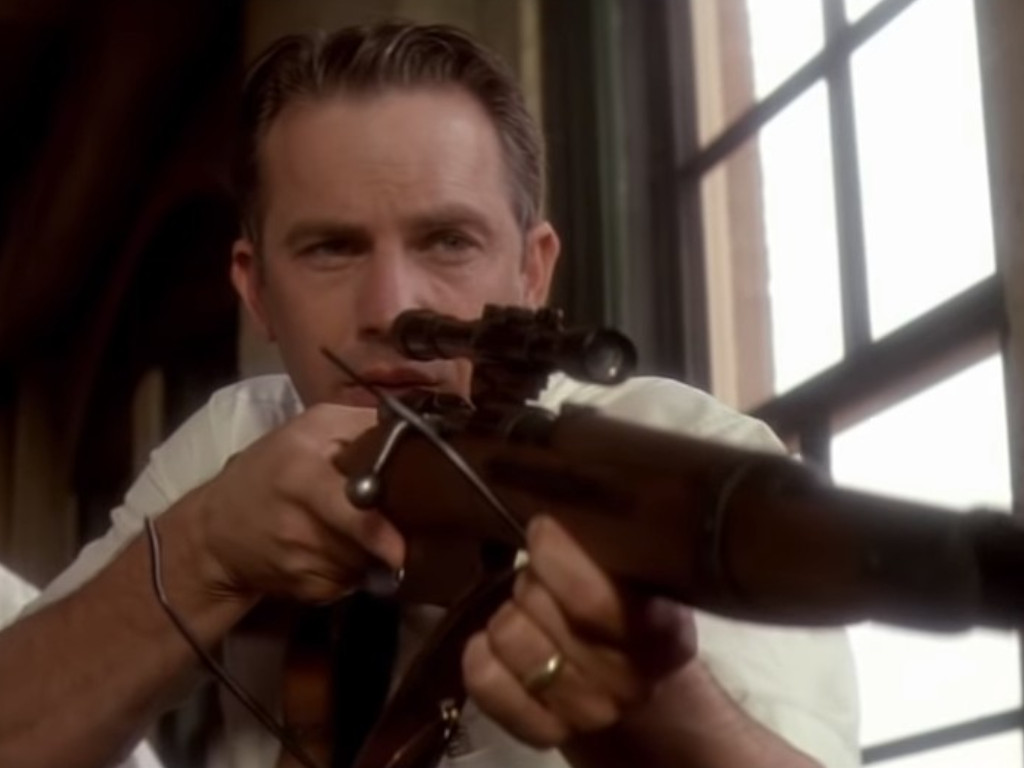
The 1991 film “JFK” used a combination of real events with fiction to make a great movie about events leading up to the assassination of John F. Kennedy Jr. Writers used the magic bullet theory, which suggests that a second gunman was responsible for the murder of President JFK, but this theory was already debunked before the movie even came out.
'Let Them Eat Cake' in "Marie Antoinette"
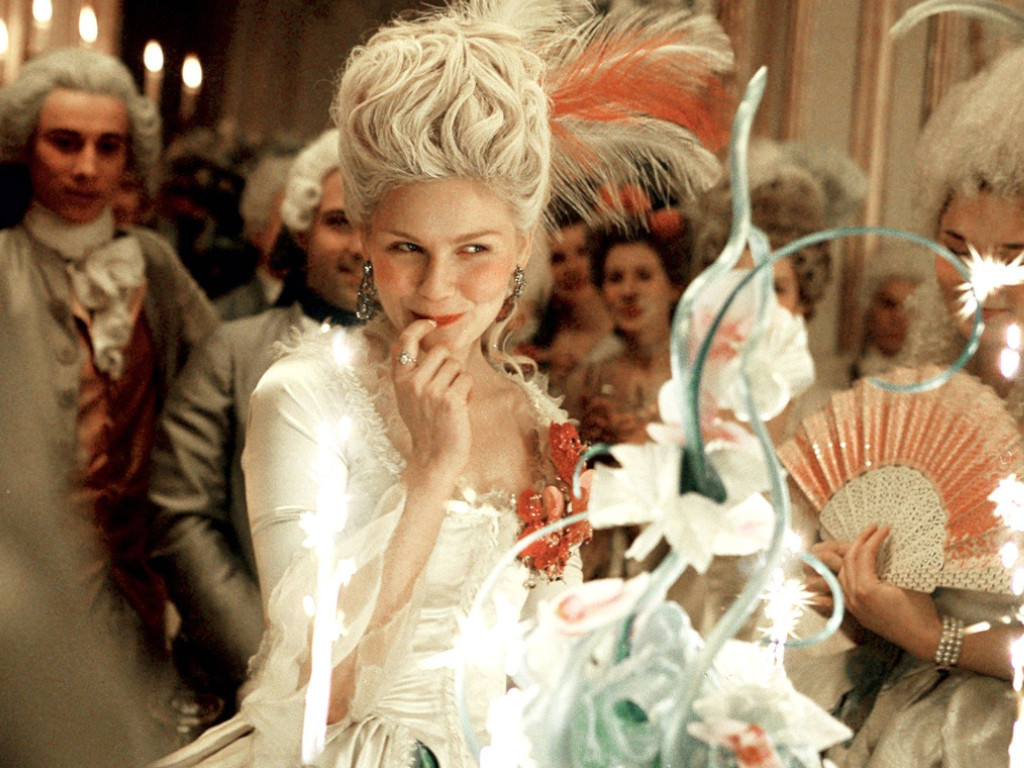
While the film “Marie Antoinette” featured fancy parties full of tasty treats, Marie Antoinette never uttered the phrase “let them eat cake.” She actually said, “Qu'ils mangent de la brioche” which means "let them eat brioche." At the time, brioche bread was an expensive treat enjoyed only by the elite. Another faux pas in the movie are the dye colors used in the film which were not available in the 18th century.
Americans in "U-571"
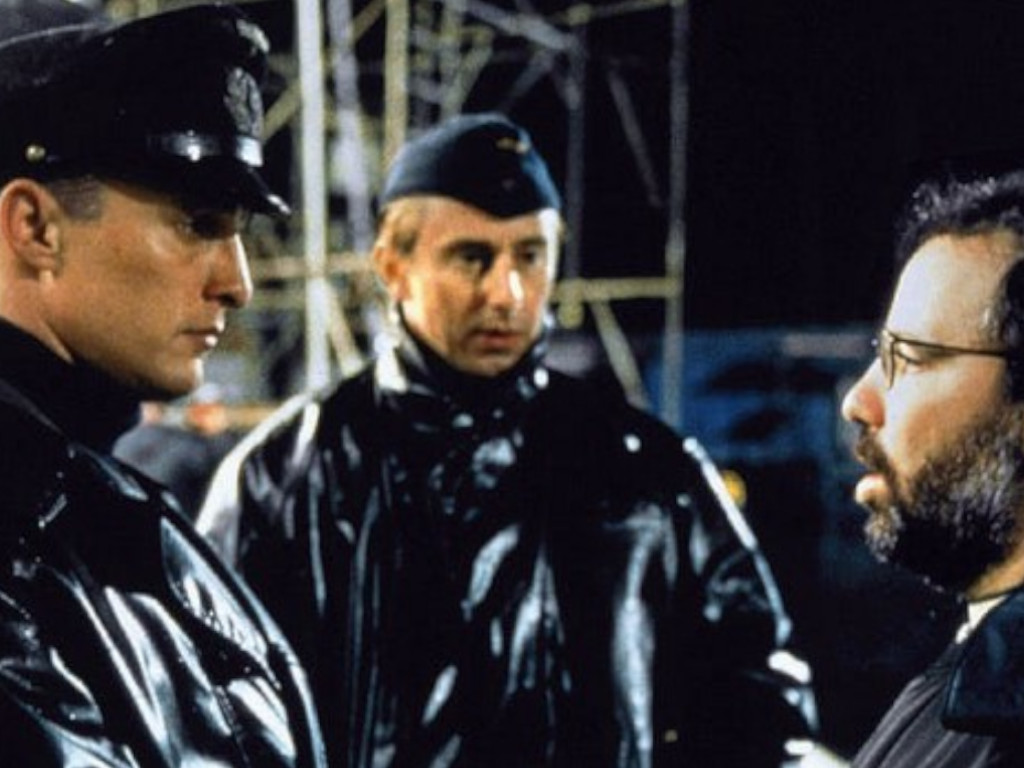
In the 2000 film “U-571,” American soldiers in disguise take control of a German submarine. The film is based on the real life Operation Primrose, where the U-110 was commandeered. But Americans were not involved in the actual heist, the British were actually the ones who pulled it off.
Savages in "Apocalypto"
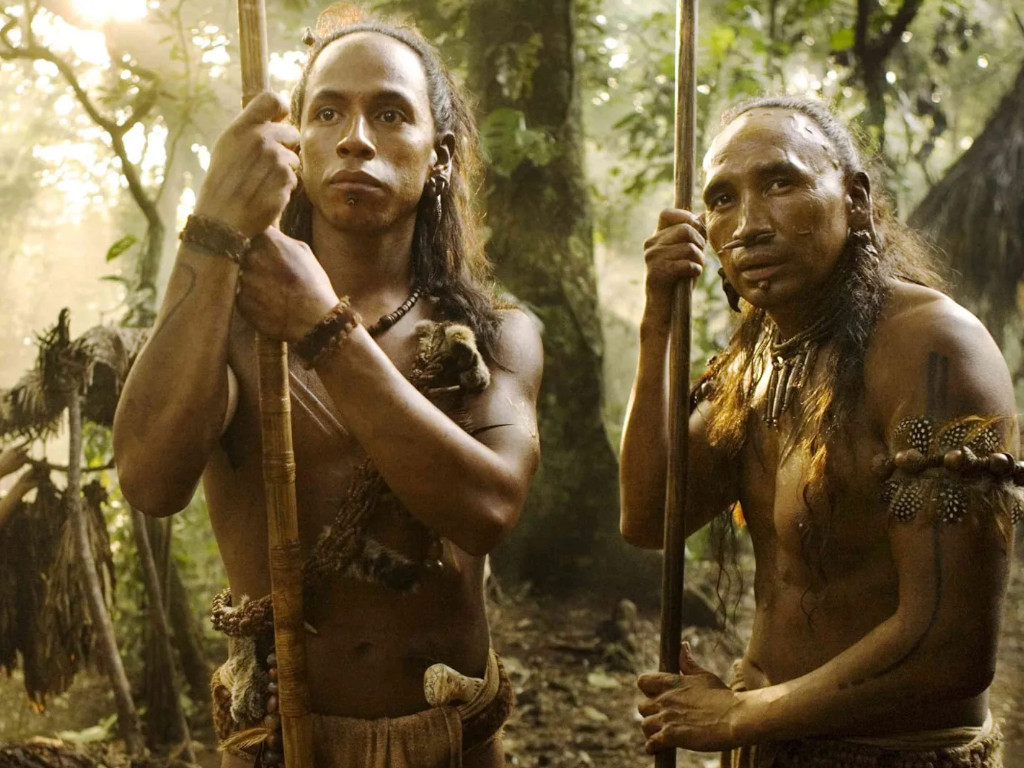
The ancient Mayans were depicted as nothing more than savages in the 2006 film “Apocalypto.” But history suggests that the Mayans were peaceful with their own kind and they rarely performed human sacrifices unless it was against those who betrayed them. Also in the film, the Spaniards arrive towards the end of the story, but the colonists didn’t reach Mexico until 400 years after the Mayan Empire fell.
An American in "The Last Samurai"
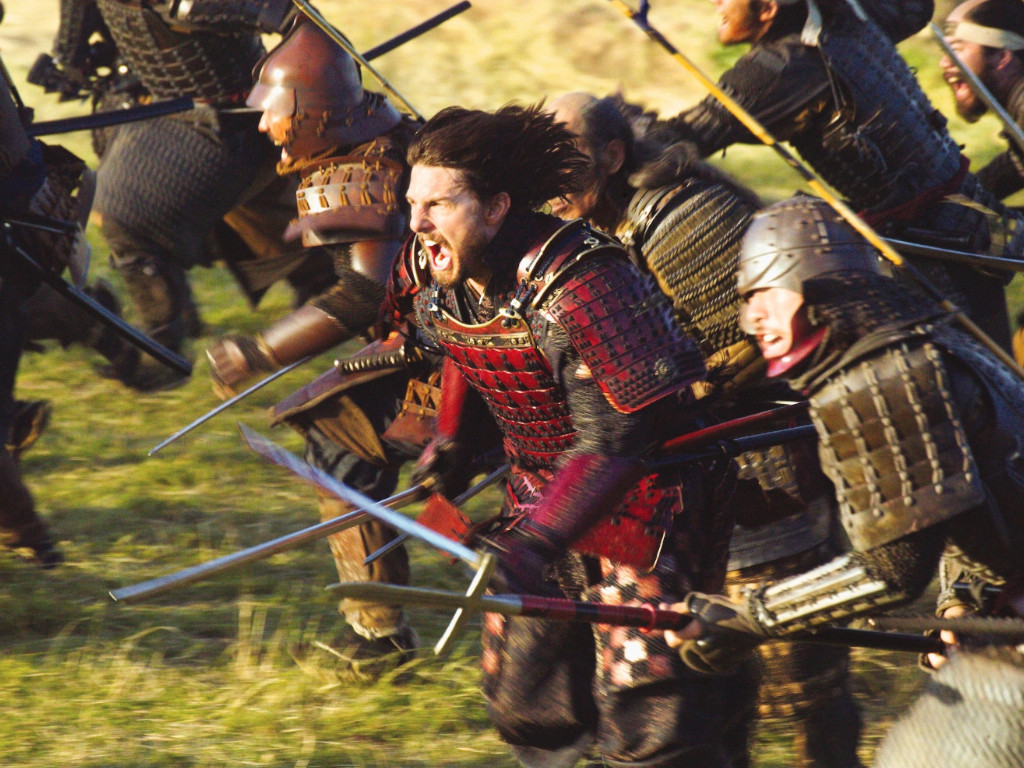
Tom Cruise played Nathan Algren, an American Civil War veteran hired by Japan to become a military advisor in 2003’s “The Last Samurai.” But most of Japan’s military advisors were French at that time period. The country never hired an American. Also in the film, Algren taught the Japanese soldiers how to use muskets, but in real life, the Japanese were well trained in the use of rifles.
The Major Battles in "Alexander"
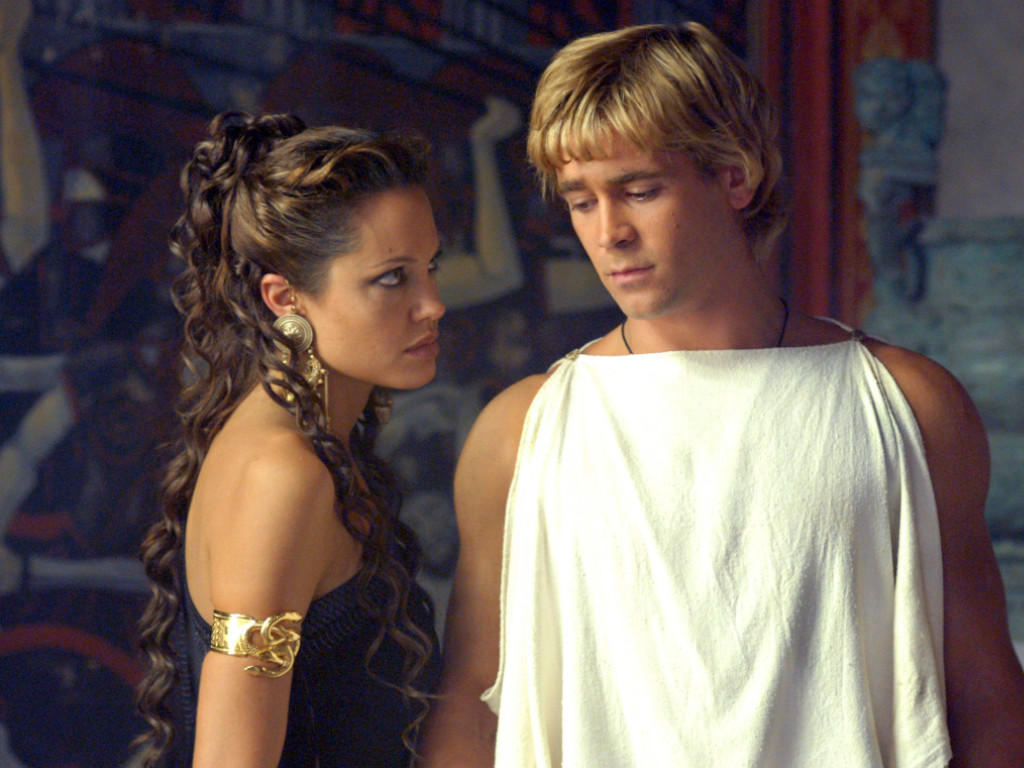
In the 2004 film “Alexander,” many of the events in Alexander the Great’s life were condensed or inaccurate. One of the most obvious mistakes was the Battle of the Granicus, the Battle of Issus, and the Battle of Gaugamela, which were combined into one epic battle in the movie, despite the historical inaccuracies that caused.
The Snowy Landscape in "Highlander"

In the TV series, “Highlander,” the Battle of Waterloo of 1815 was portrayed in the episode “Band of Brothers” as having occurred on a landscape full of snow. But there was never any snow in the real battle, which took place in June. Also, the protagonist, Duncan MacLeod was seen living in a hut, but Scottish clan leaders lived comfortably in castles during that time.
Niccolò Machiavelli in "The Borgias"
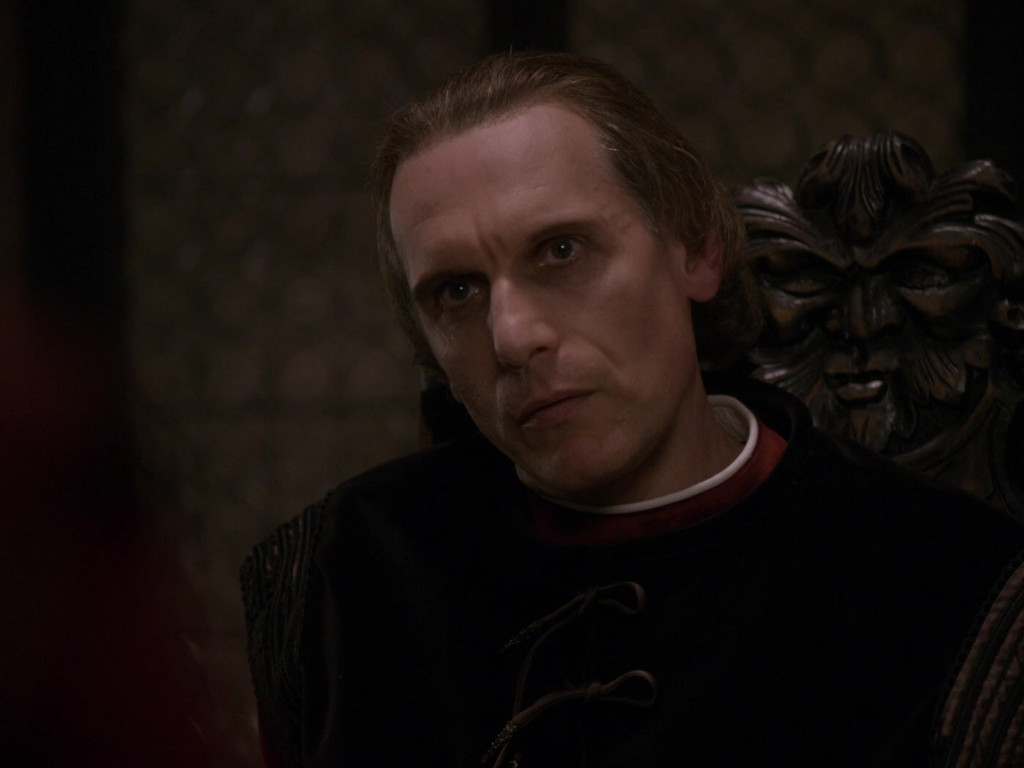
In the TV series, “The Borgias,” Niccolò Machiavelli is portrayed as an adviser to the Medici family during the Renaissance period in Italy. But history shows that Machiavelli was tortured by the Medici family and even thrown in prison, so the relationship wasn't as close as it was portrayed.
Machiavelli and da Vinci in "The Borgias"
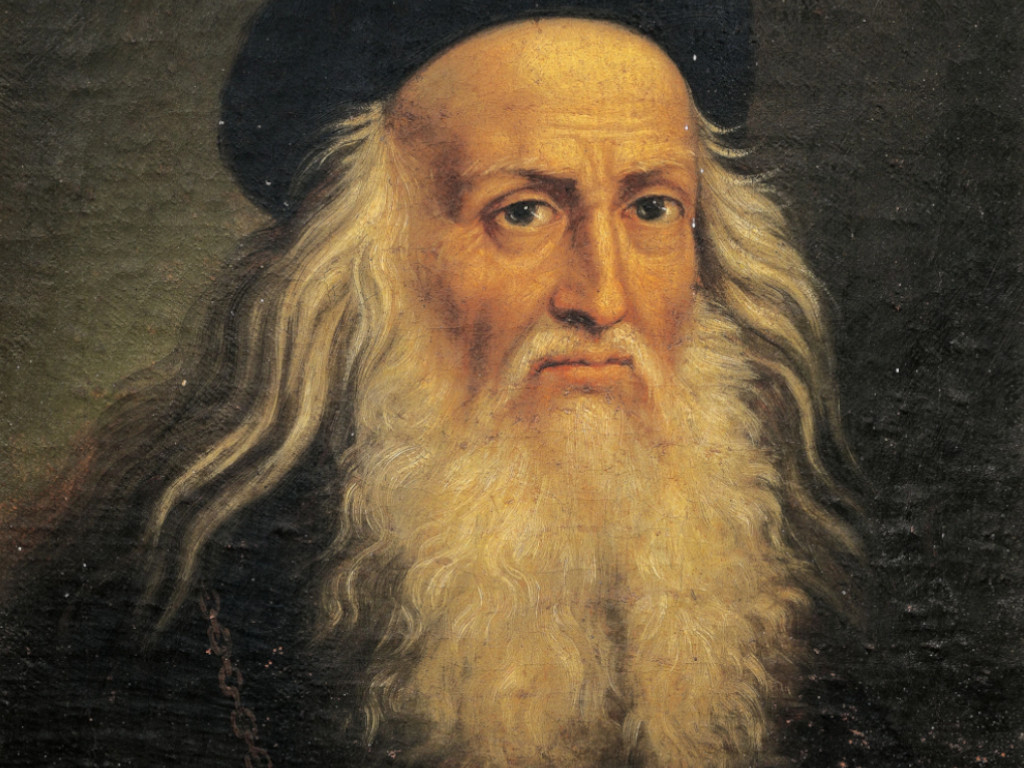
Another inconsistency in “The Borgias” involved the friendship between Machiavelli and Leonardo da Vinci. On the show, they were best friends as teenagers. But the show takes place in 1467 and Machiavelli wasn’t born at that time. Also, there’s a 17-year age difference between him and da Vinci, so there was no way they could have been childhood friends.
Jack the Ripper in "Time After Time"
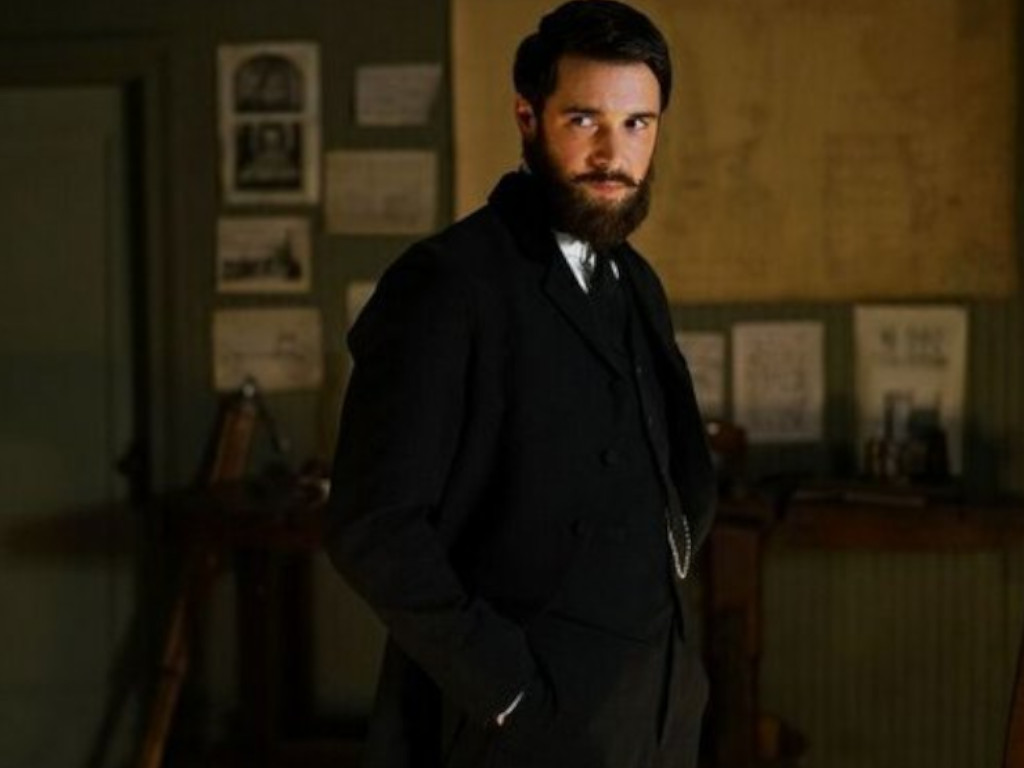
In the 2017 TV series “Time After Time,” Jack the Ripper travels to 2017 New York and is shocked to discover that people can legally buy guns. But in reality, buying an unlicensed gun was common in 1893 London. The whole gun license thing didn’t pop up until the year 1903.
A White Ally in "Amistad"
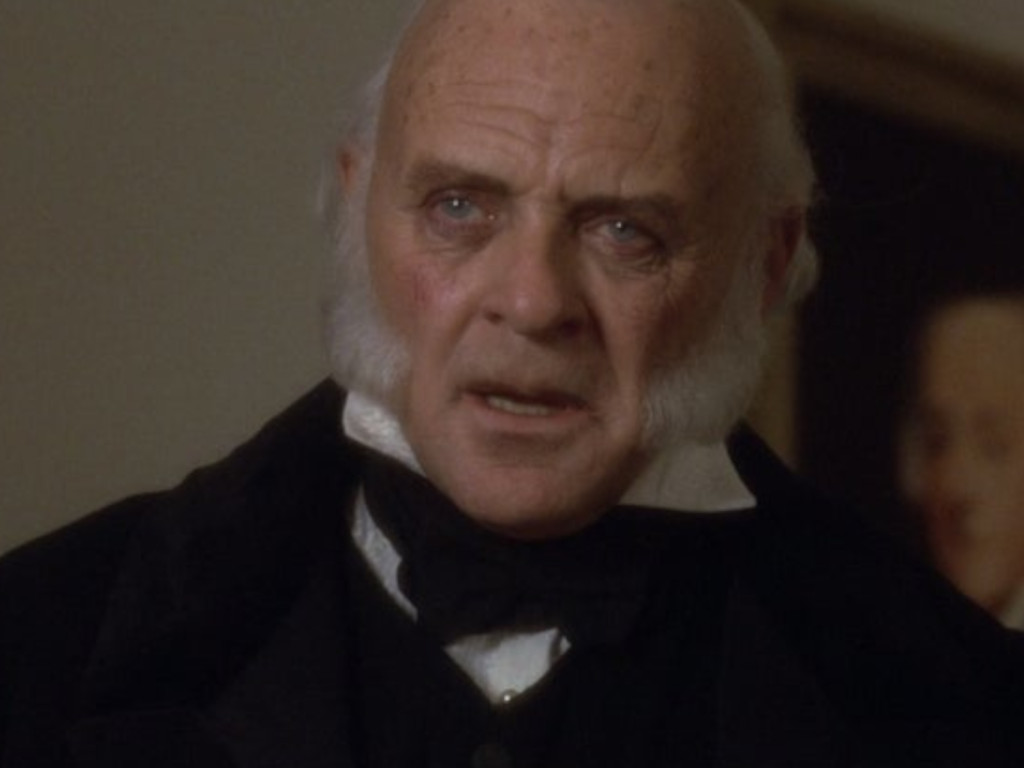
In the Steven Spielberg film “Amistad,” Anthony Hopkins plays Quincy Adams, the sixth President of the United States who was also supposedly a strong supporter of freedom for African refugees relating to a slave ship revolt in 1839. Adams was a supporter, sure, but not as strongly or passionately as the movie suggests.
Shakespeare’s Ghost Writer in "Anonymous"
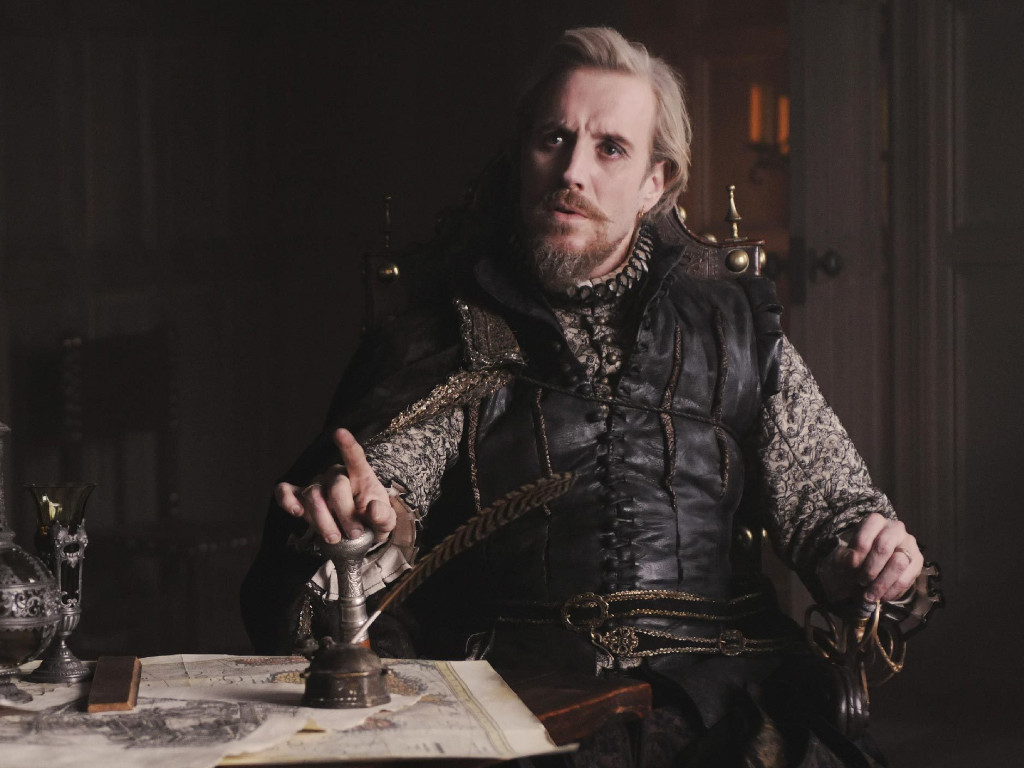
The film “Anonymous,” suggests that a man named Edward de Vere was William Shakespeare’s ghost writer. In other words, de Vere wrote all of Shakespeare’s plays and he did so to influence the population’s political views. But historians argue that this film is both weird and isn’t consistent with what they actually know of Shakespeare.
Inaccuracies in "The Sound of Music"
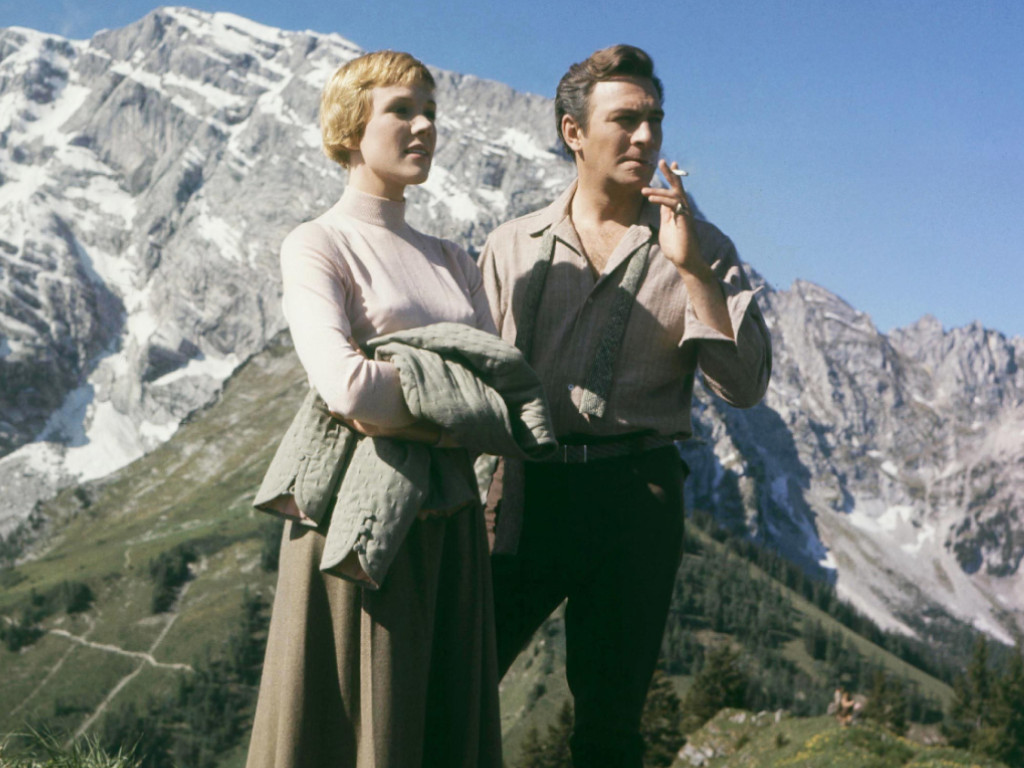
Christopher Plummer famously portrayed Captain Von Trapp as a mean military guy in “The Sound of Music.” But the real Von Trapp was actually a cool and less authoritarian father. Another inaccuracy in the popular musical deals with the family’s escape attempt towards the Alps because this would have led them into Nazi-occupied Germany instead of Switzerland.
Murder Attempt in "The Favourite"
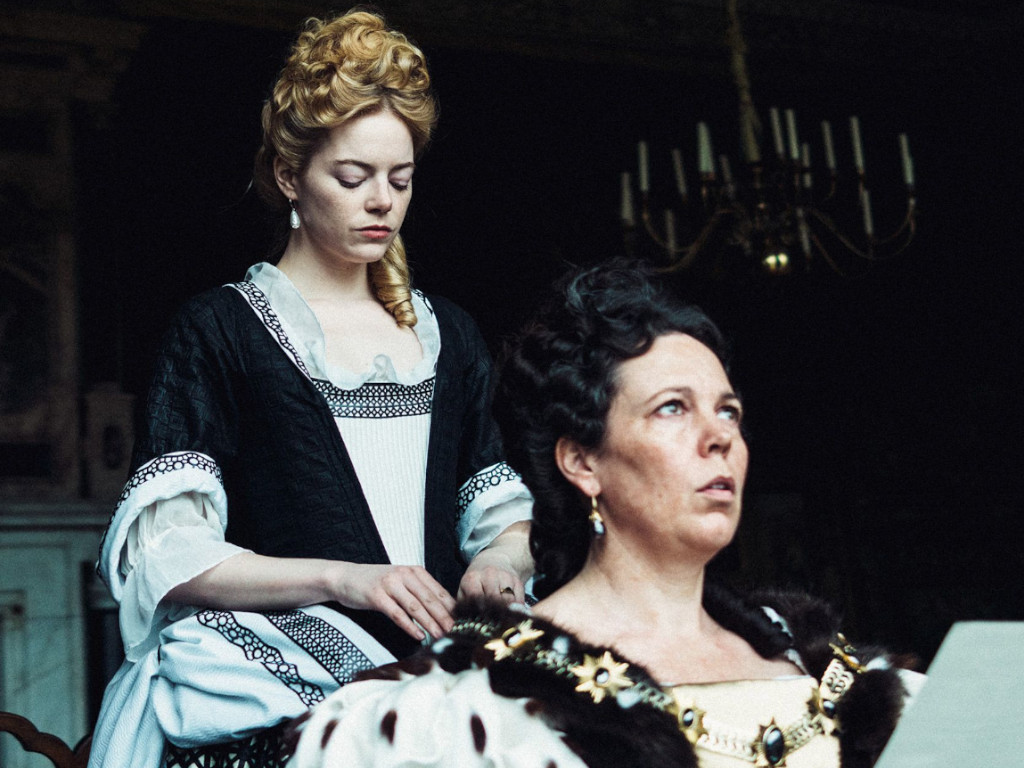
In the Academy Award winning film “The Favourite,” actress Emma Stone played Abigail Hill, a woman who attempted to kill her cousin Sarah, Duchess of Marlborough by poisoning her tea. Although the women may not have liked each other in real life, Abigail never tried to murder her cousin.
Maggie’s Photo in "The Simpsons"

In “The Simpsons” episode called “And Maggie Makes Three,” viewers got to see how Marge broke the news to Homer that she was pregnant. But there was a picture of Maggie hanging in the wall in the background. Alright, so technically, this isn’t a “historical” mix-up but writers sure messed up the animated timeline.

